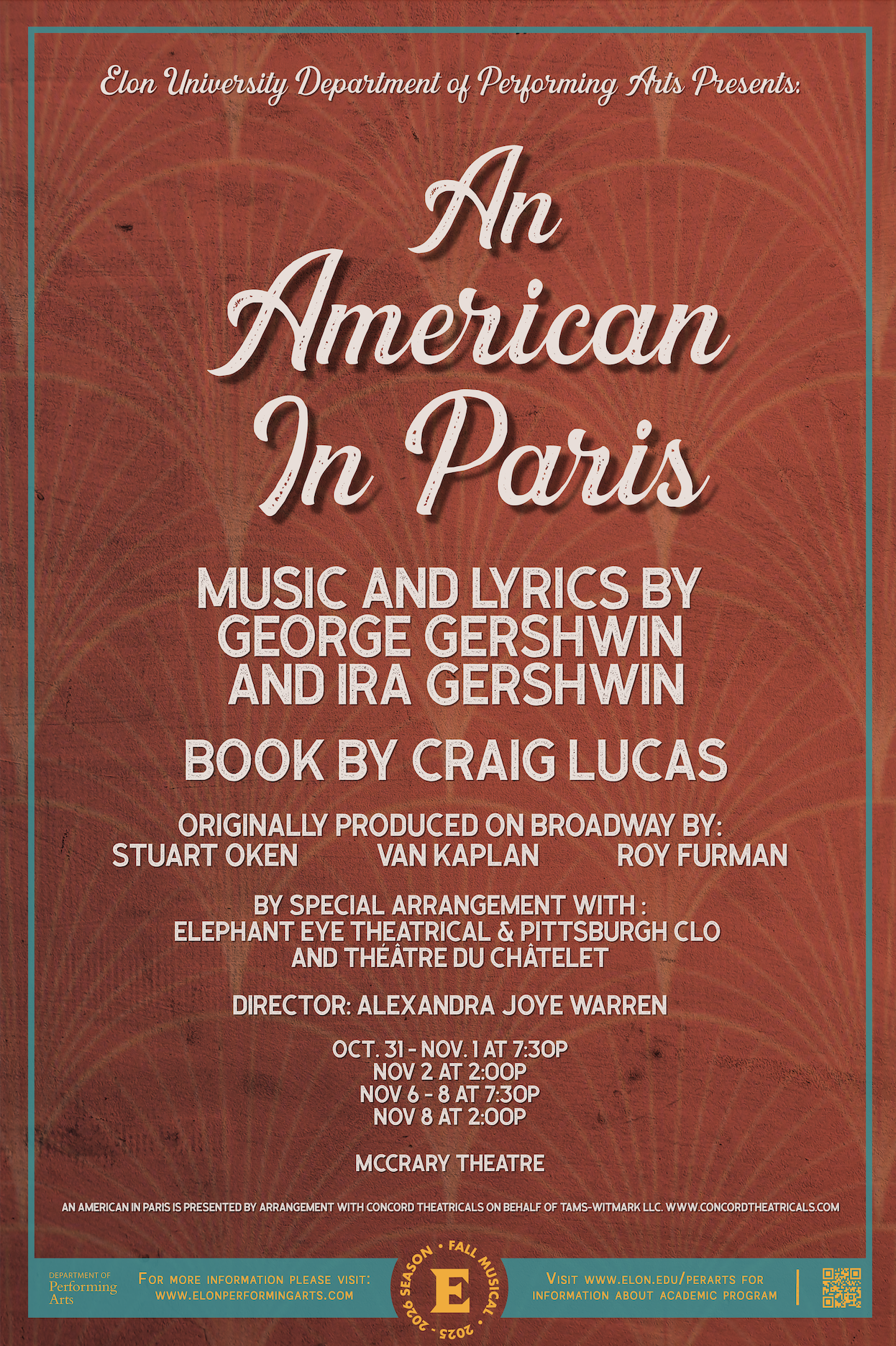
Director Notes
My artistic journey began in fourth grade when I began to learn the violin. Not to discredit my role as Baby Bear in Goldilocks and the Three Bears in Kindergarten, but fourth grade was when the formal study of the arts began to permanently shape me.
I was the type of child to check out Tchaikovsky CDs from the library and then copy them to a cassette tape so I could listen to them over and over again. At my performing arts middle school, I switched my major to dance, but my love for symphonic music never left me.
Given my foundation, you can probably imagine the delight in my eyes when I discovered the musical version of An American In Paris as an adult. The dance, the music, and the story swept me away, and it is a dream come true to direct this production at Elon University.
When American Composer George Gershwin returned home from his trip to Europe, he composed a symphonic poem, titled An American In Paris, that would forever change his life and the course of history. He brought home with him Parisian taxicab horns he bought at the Avenue de la Grande Armée to include in his composition.
“The opening bars of the Gershwin rise, the rhythm is high-hearted, the percussion clacks and chimes, and though we know that the blues lie ahead, the first phrases still pierce our hearts as though we’d been struck by a jaunty woodpecker in a beret.”1
When this piece premiered at Carnegie Hall in 1928, it received mixed reviews. It is often described as “filled with bright colors, dizzying Jazz Age energy, a sense of naive optimism, and pangs of homesickness. It is a vibrant fusion of jazz, blues, ragtime, and Ravel. The Charleston meets a walking bass line reminiscent of Bach’s pristine counterpoint.” 2
New York Evening Post, the critic Oscar Thompson dismissed An American in Paris as a fad. He conceded that, while it was all the rage in 1928, “to conceive of a symphony audience listening to it with any degree of pleasure or patience twenty years from now, when whoopee is no longer even a word, is another matter.”
Almost 100 years later, it’s clear that this critic could not anticipate the pleasure and joy that this music has brought to the entire cast and crew of this production.
I studied the early days of Gershwin’s life in preparation of our rehearsal process. Before working on this show, my sentiments of Gershwin’s work were reflected in this scholar’s thoughts below:
“Gershwin found inspiration in African American blues and jazz styles, Tin Pan Alley idioms, and the languages and forms of European art music. He achieved his synthesis through the identification and structural exploitation of musical characteristics shared among these diverse traditions.” 3
However, I have come to a different, perhaps deeper understanding of Gershwin’s artistic goals.
I believe he wanted to celebrate and elevate the uniqueness of the mixtures of sounds that were only possible in America, and he was determined to use his unique position to do so.
One of his first hits as a young man on the vaudeville circuit was the 1918 “The Real American Folk Song (Is a Rag).” I believe the title and lyrics reflect an artistic statement that he continued throughout his artistic practice.
In 1951, the film An American In Paris, featuring George and his brother Ira’s songs, became an immediate classic Golden Age MGM musical. It took big risks in its day, including a 17-minute ballet sequence, and was one of the first films that was considered a critical and commercial success, winning six Academy Awards.
“For American in Paris, we wanted to do a ballet without an actual storyline or plot, a ballet that suggested, rather than narrated, a ballet which said more with things unsaid, than with things said.”- Gene Kelly
The film showcased the full glamour of Paris yet embedded in this story was a truth that was begging to be amplified.
Craig Lucas’s book for the 2015 musical version of An American in Paris answered that call by expanding Lise’s story; it still includes an expansive love story but also the artistic journey of Jerry, Henri, and Milo in their various mediums.
Our student dramaturgs researched many topics that allowed the performers to understand the world of post-World War II Paris and the acts of resistance that contributed to winning the war.
Our pre-show performance of Gershwin standards by our Jazz Vocal Quartet is intended to set us in the early years in Paris before the Great War, when Americans like James Reese Europe and the Harlem Hellfighters band, Louis Mitchell, and Josephine Baker were the toast of the town. These Americans laid the foundation for the Jazz age and nightlife in Paris.
The joy and light we found in our creative process and in the world where the show takes place is something I’m holding onto. In our darkest hour, there is still hope.
Picasso’s quote, “Art is the lie that enables us to realize the truth,” sticks with me.
I hope the spirit of possibility and reimaging new futures for ourselves that we discovered in this process will also inspire you.
-Alexandra Joye Warren
1, Gopnik, Adam. “Americans in Paris.” The American Scholar 73, no. 2 (2004): 13–30. http://www.jstor.org/stable/41222313.
2. Judd, Timothy. “Gershwin’s ‘An American in Paris’: A ‘Rhapsodic Ballet’ Born in the Jazz Age.” The Listeners’ Club, March 20, 2024. https://tinyurl.com/3m55tcbm.
3. Starr, Larry. “Ives, Gershwin, and Copland: Reflections on the Strange History of American Art Music.” American Music 12, no. 2 (1994): 167–87. https://doi.org/10.2307/3052521.
Special Thanks
Dan Hartung, Jonathan Poquette, Elon Bands, Michael Huestis, Carey Harwood, President Connie Book, Provost Rebecca Kohn, Dean Hilton Kelly, Performing Arts Chair Fred Rubeck, Guylene Deasy
Cast
| Adam | J.T. Loveless |
| Jerry | Gabe Tobierre |
| Lise | Anya Jones |
| Henri | Elliot Sullivan |
| Milo | Sammy Azúa |
| Madame Baurel | Averly Burns |
| Monsieur Baurel | Gabe Waits |
| Madame Dutois, Ensemble, u/s Lise | Angelina Mancuso |
| Monsieur Dutois, Ensemble, u/s Monsieur Baurel | Alex Prejean |
| Ensemble, u/s Madame Dutois | Michayla Catron |
| Ensemble, u/s Jerry | Isaiah Flowers |
| Ensemble | Sage Grimpe |
| Ensemble | Ana Sofía Hernández López |
| Ensemble | Maddie Hewgley |
| Ensemble, u/s Henri | Nate Krohmer |
| Ensemble | Noah Macam |
| Ensemble | Maddie Milner |
| Ensemble | Helena Padial |
| Ensemble | Addy Reese |
| Ensemble, u/s Adam | Aden Richman |
| Olga, Ensemble | Gabriella Scarpace |
| Ensemble | Sophie Seitchik |
| Mr. Z, Ensemble, u/s Monsieur Dutois | Jonah Uffelman |
| Jazz Quartet, Swing | Kai Gaeta |
| Jazz Quartet, Cabaret Singer | Trevor Hudson |
| Jazz Quartet | Leilani Miranda |
| Jazz Quartet, u/s Milo | Mackenzie Tammara |
| Swing | Jackie Harris |
| Swing | Kevin Rodriguez |
| Swing, u/s Madame Baurel | Sierra Safran |
| Swing | Jordyn Sutton |
Creative Team
| Director | Alexandra Joye Warren |
| Choreographer | Courtney Liu |
| Student Assistant Choreographer | Malia Horst |
| Tap Choreography | Whitney Goodman |
| Asst. Choreographer for Ballet Partnering | Forrest Hershey |
| Dance Captain | Gabriella Scarpace |
| Music Director | Chris Rayis |
| Dramaturgs | Grey Carr Lauren Catherine McHenry Addie Rankin |
| Dialect Coach | Kirby Wahl |
| Intimacy Choreographer | Kim Shively |
| Scenic Designer | Jessica Hightower |
| Projections Designer | Jessica Hightower |
| Costume Designer | Kayla Higbee |
| Asst. Costume Designers | Mallory Caballero Maverick Powell |
| Lighting Designer | Eli Goldberg |
| Asst. Lighting Designer | Lillian Chen |
| Sound Designer | Michael Smith |
| Stage Manager | Lindsey Chambers |
| Asst. Stage Managers | Allie Joseph Addison Ryan Julia Sgoupis |
Production Team
| Production Manager | Suzanne D. Lucas |
| Technical Director | Luis Silva |
| Asst. Technical Director | Eliza Gregory |
| Staff Asst. Technical Director | Anthony Cacchione |
| Carpenter | Luke Schmura |
| Scenic Charge | Justin A. Miller |
| Projections Engineer | Michael Smith |
| Deck Crew | George Eastman Sebastian Gonzalez Layton Niko Rinaldi Jack Shaffer |
| Costume Shop Manager | Heidi Jo Schiemer |
| Wardrobe Supervisor | Sadie Gompf |
| Wardrobe Crew | Lainey Gaston Victoria Salisbury Grace Santo Yaira Spears |
| Props Supervisor | Jessica Hightower |
| Light Board Operator | Jaden Carlisle |
| Followspot Operators | Elliot Choate JonAshton Reid |
| A1 | Casey Spielman |
| A2 | Eddie Fermanian |
| Sound/Projections Operator | Micah Cabot |
| House Manager | Lachlan Apple Isabella Carl Lillian Chen Madelyn Neal Laird Stearns |
| Poster Design | Sydney Dye |
Musical Numbers
Embraceable You…Jazz Quartet
I’ve Got Rhythm…Adam, Jerry, Henri, Monsieur Dutois, Madame Dutois, Jazz Quartet, Ensemble
(I’ve Got) Beginner’s Luck…Jerry
The Man I Love…Lise, Jazz Quartet
Liza…Jerry
‘S Wonderful…Adam, Jerry, Henri, Ensemble
Shall We Dance?…Milo
Fidgety Feet…Jerry, Ensemble
Who Cares?…Henri, Milo
For You, For Me, For Evermore…Jerry, Henri, Lise, Milo
But Not For Me…Adam, Milo
Clap Yo’ Hands Transition…Jazz Quartet
Clap Yo’ Hands…Cabaret Singer
I’ll Build A Stairway to Paradise…Henri, Adam, Ensemble
They Can’t Take That Away From Me…Adam, Jerry, Henri
Bows…Full Company
Orchestra
Conductor: Chris Rayis
Piano: Tyson Hankins
Violin 1/Concertmaster: Gracie Zielinski
Violin 2: James Nguyen
Cello: Anne-Marie Tranchida
Bass: Stuart McLemore
Reed 1: Jillian Storey
Reed 2: Lauren Winkens
Reed 3: Brian Blauch
Trumpet: Ian Rood
Trombone: Kadesh Street
Drums/Percussion: Michael Huestis
Orchestra Contractor: Taiki Azuma
Bios
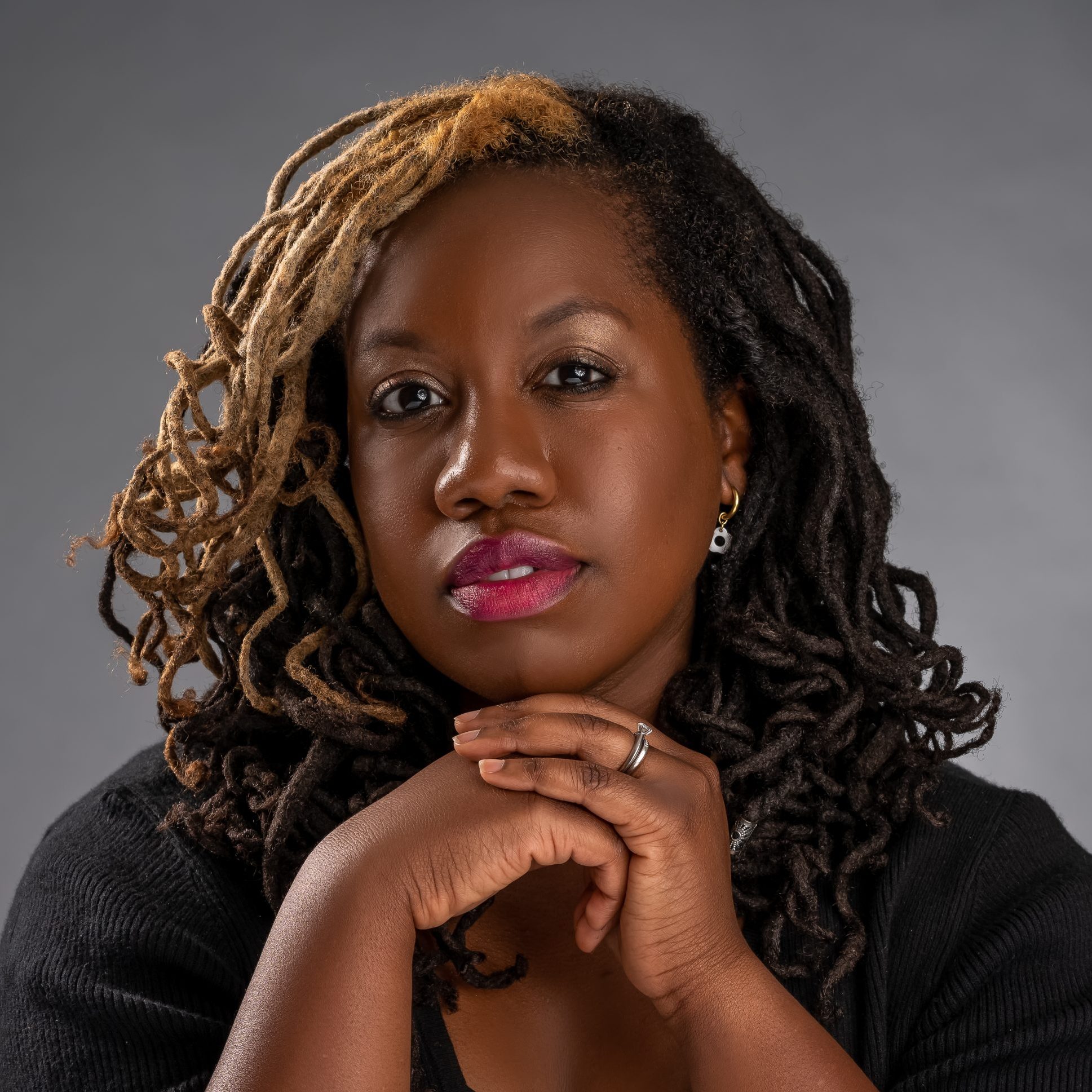
Alexandra Joye Warren
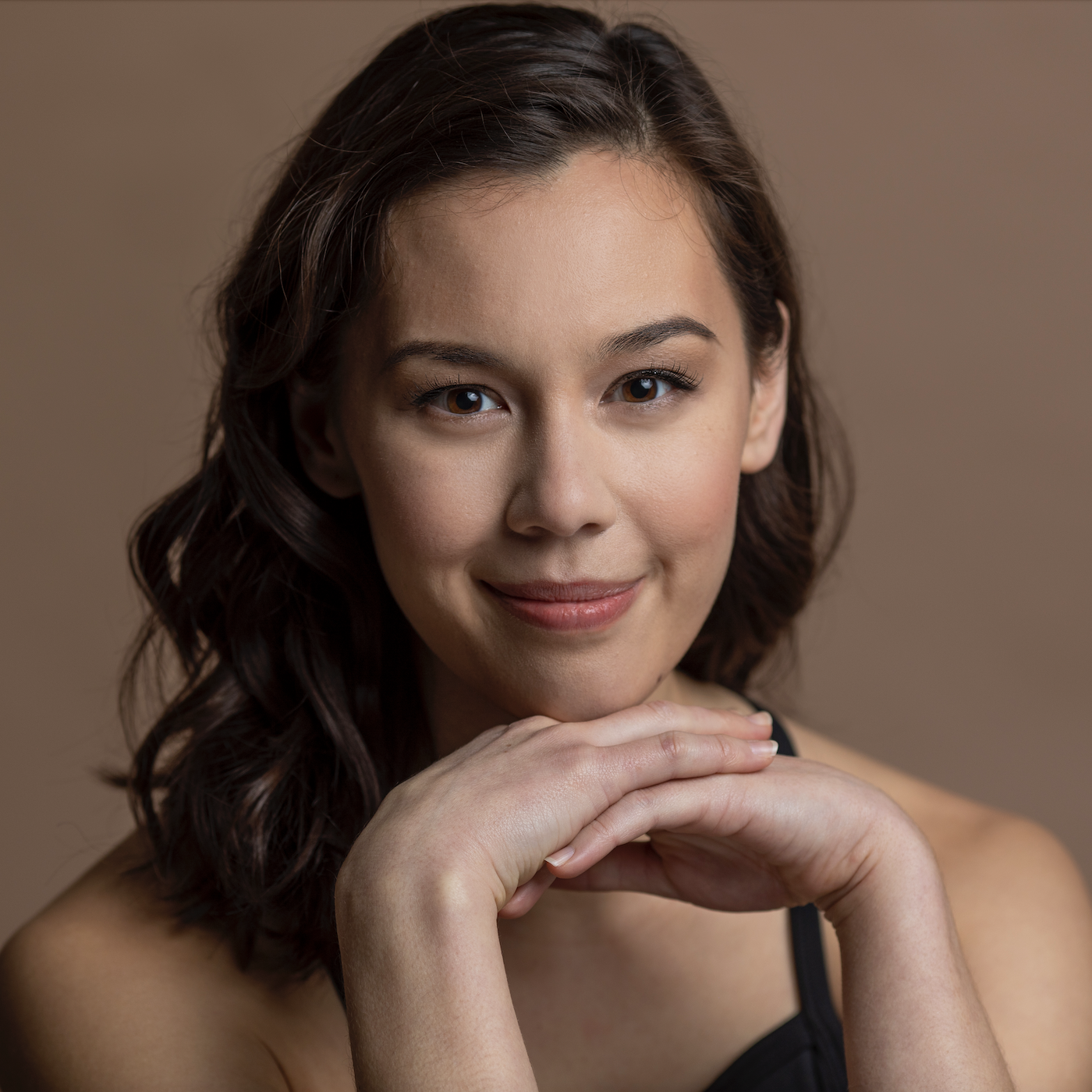
Courtney Liu
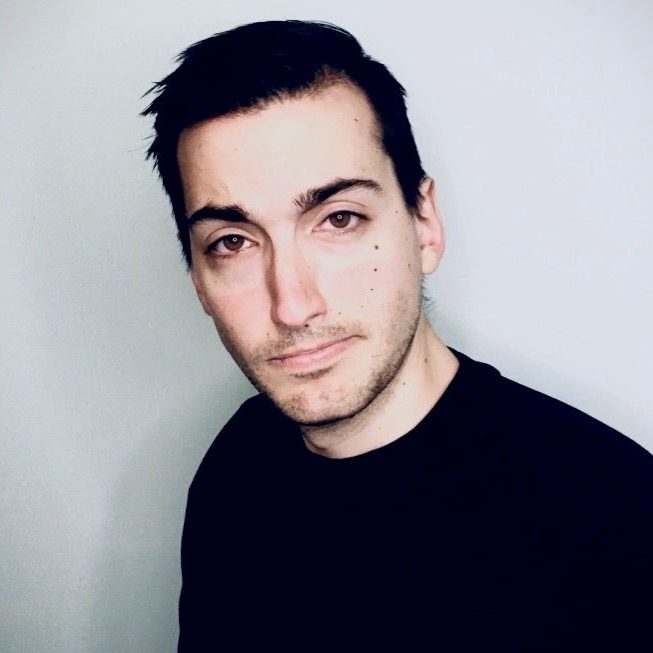
Chris Rayis

Forrest Hershey
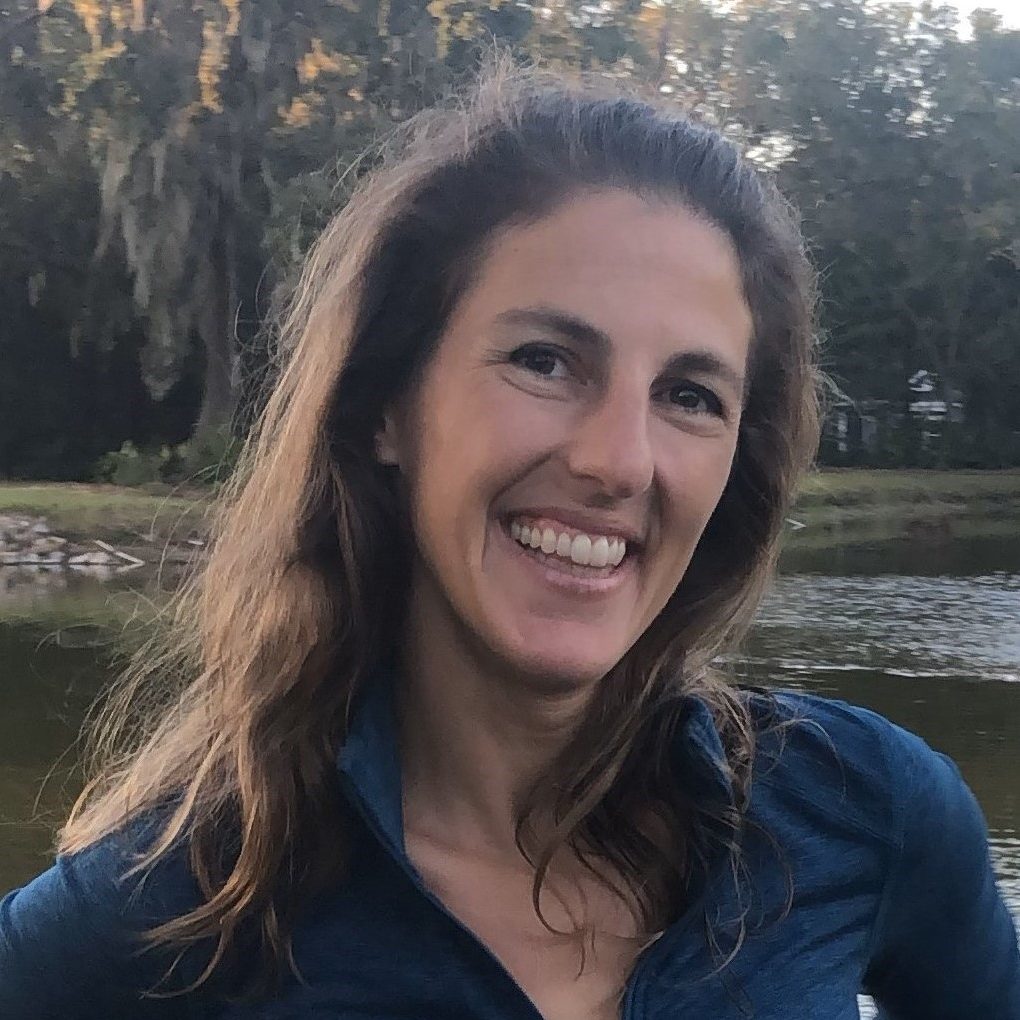
Whitney Goodman
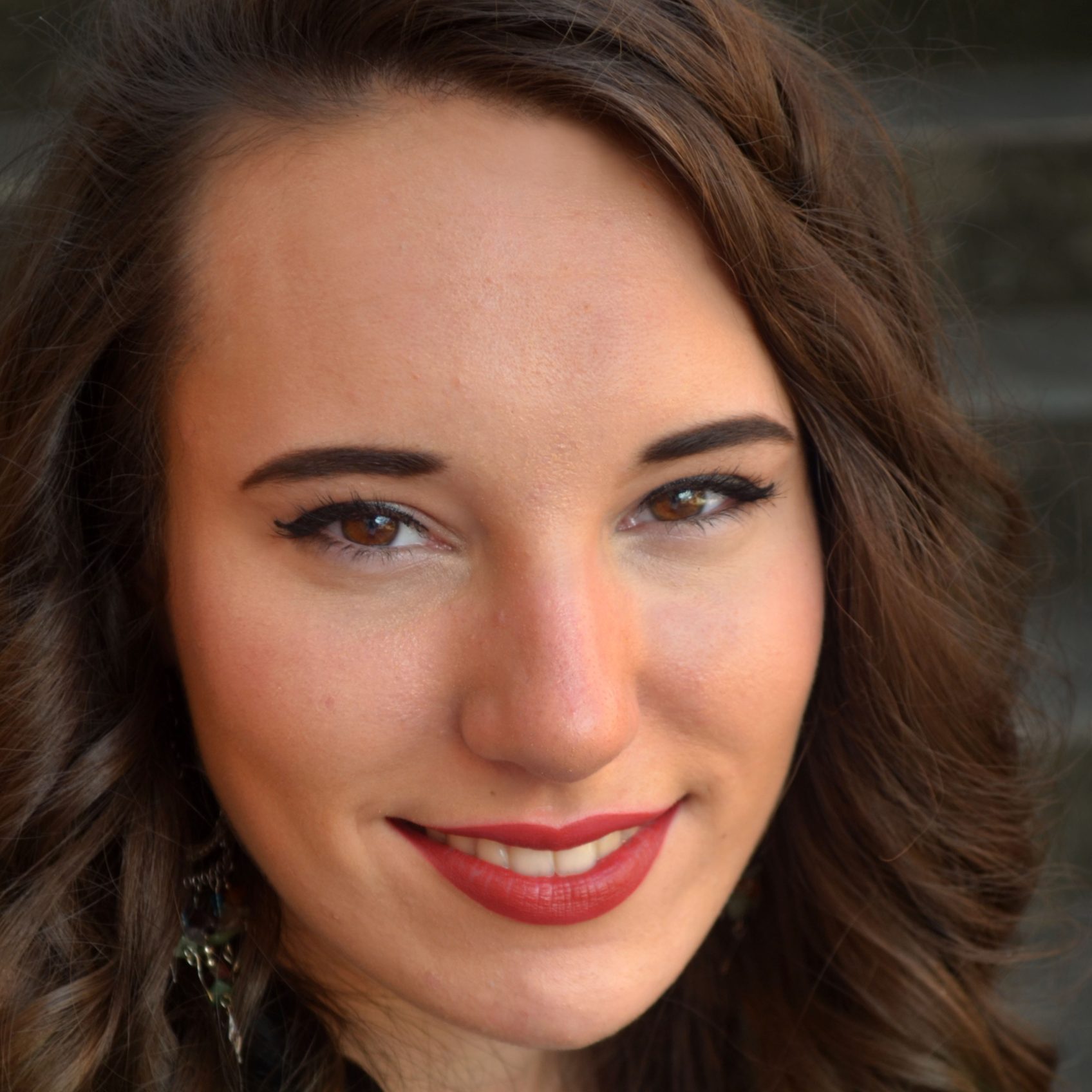
Jessica Hightower

Kayla Higbee

Michael Smith
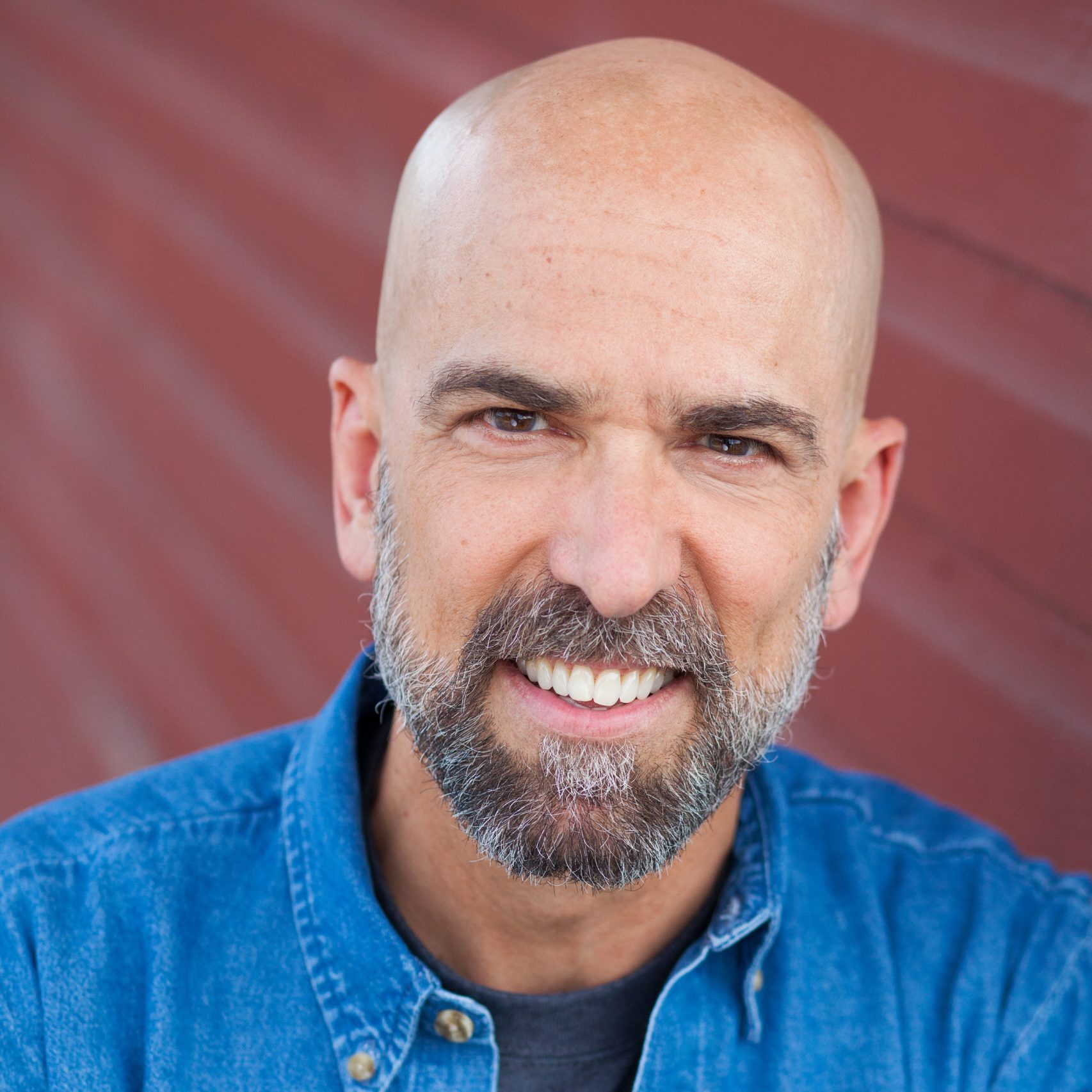
Kirby Wahl
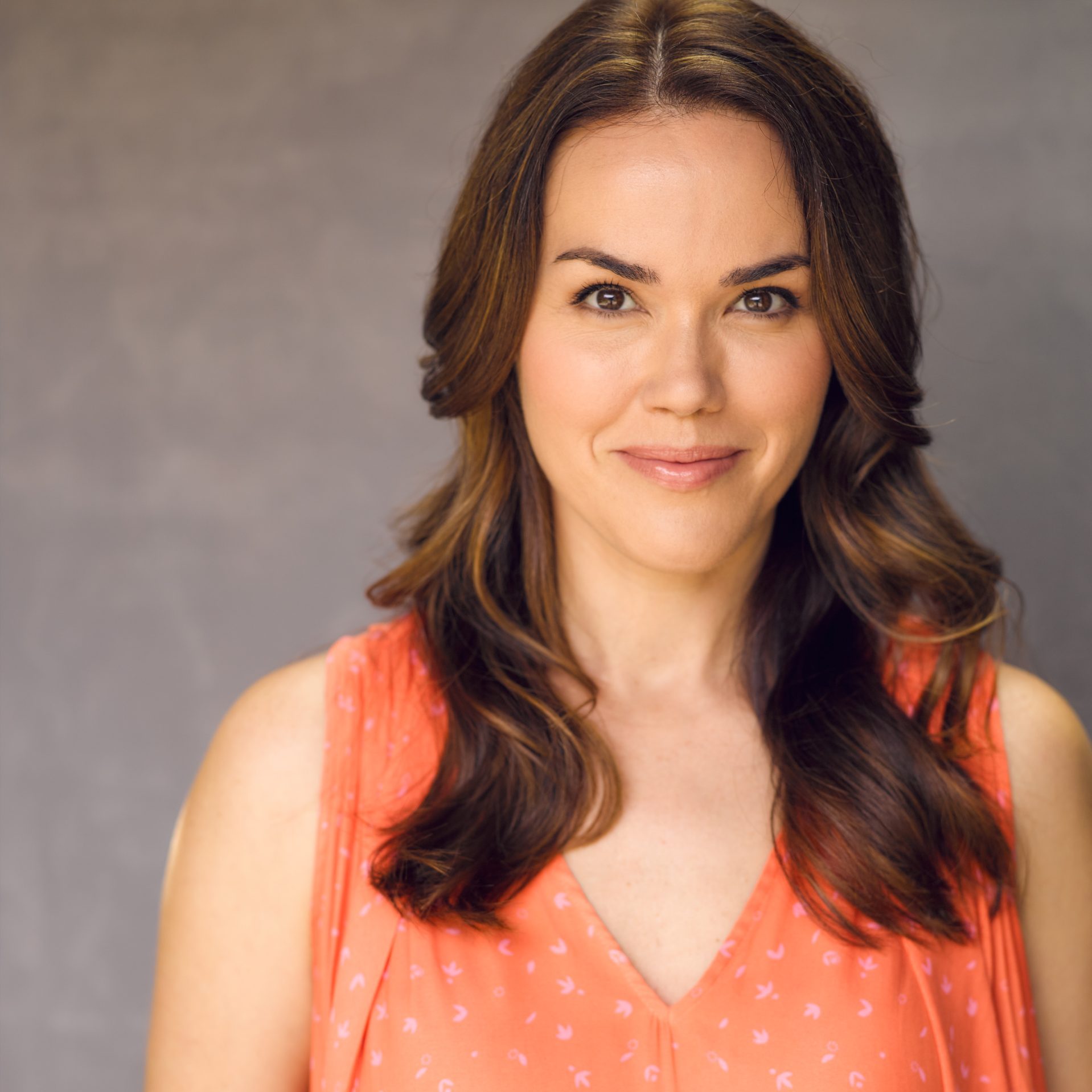
Kim Shively
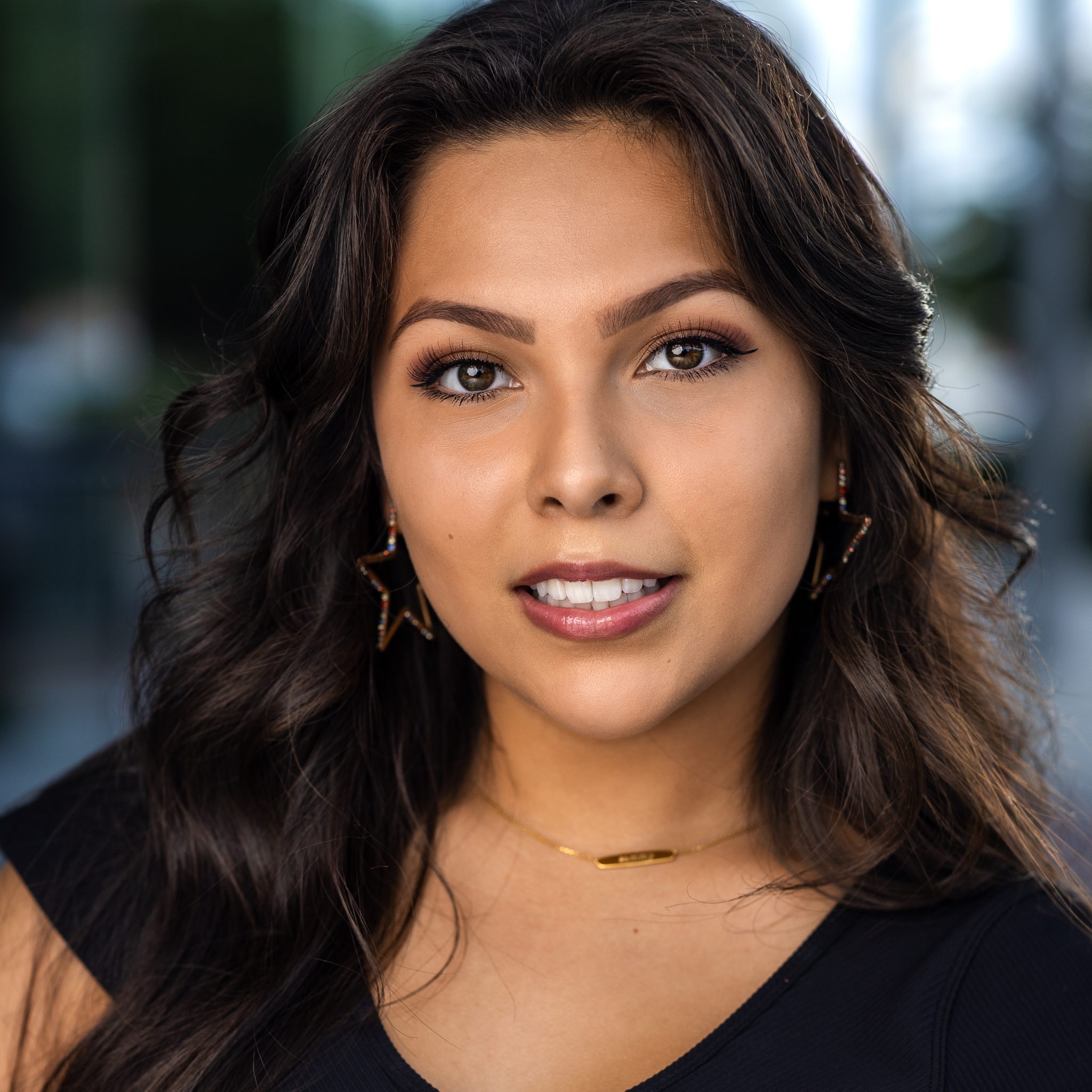
Sammy Azúa
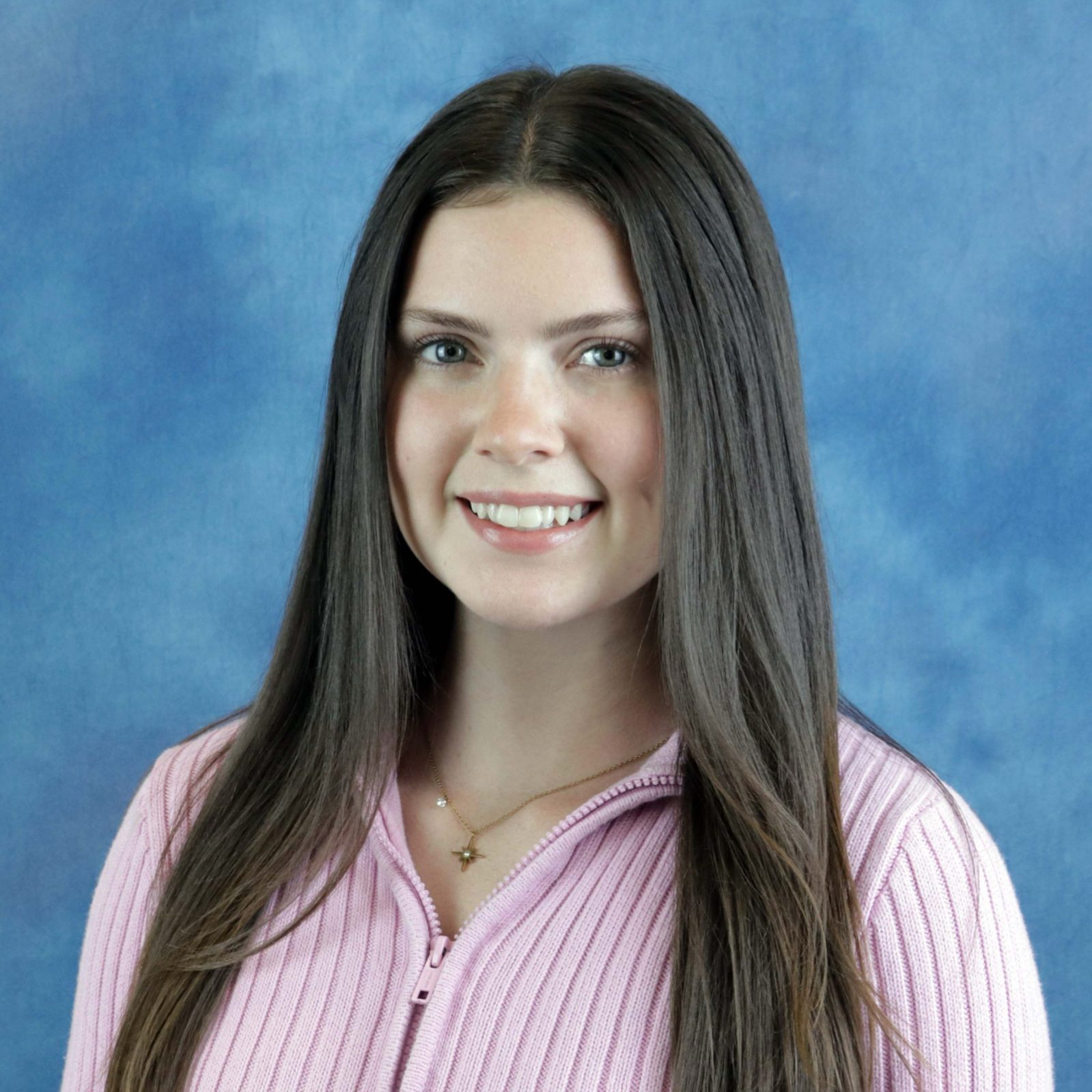
Averly Burns

Grey Carr
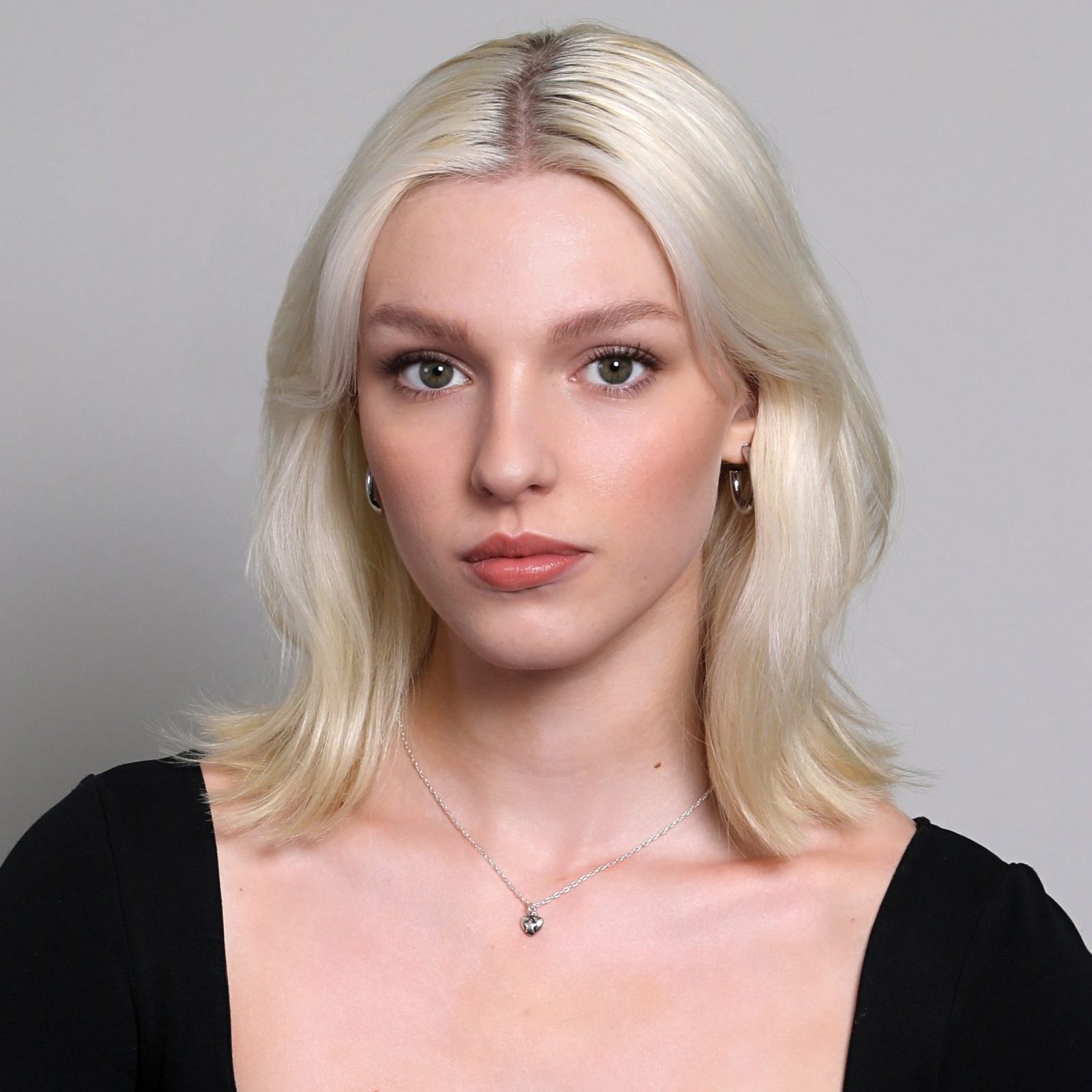
Michayla Catron
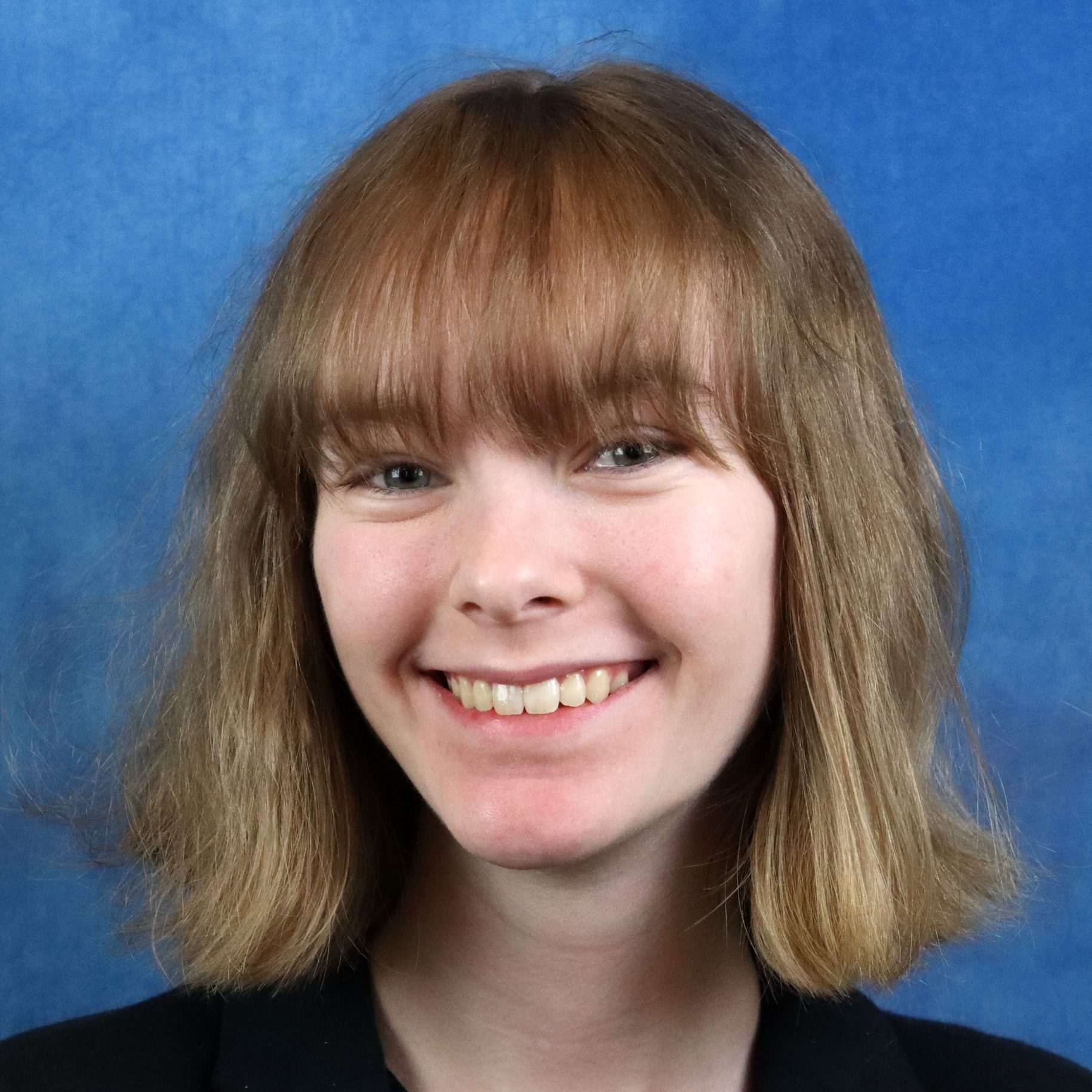
Lindsey Chambers

Lillian Chen

Elliot Choate
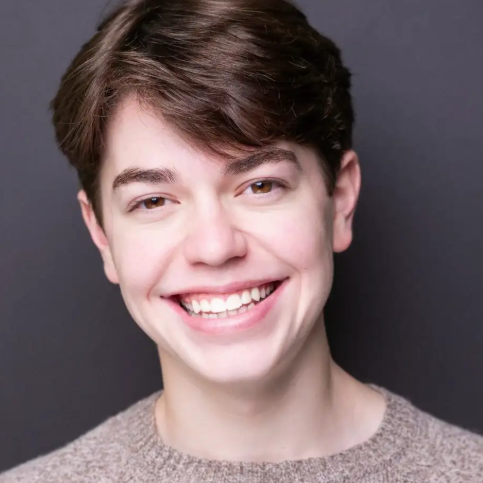
George Eastman
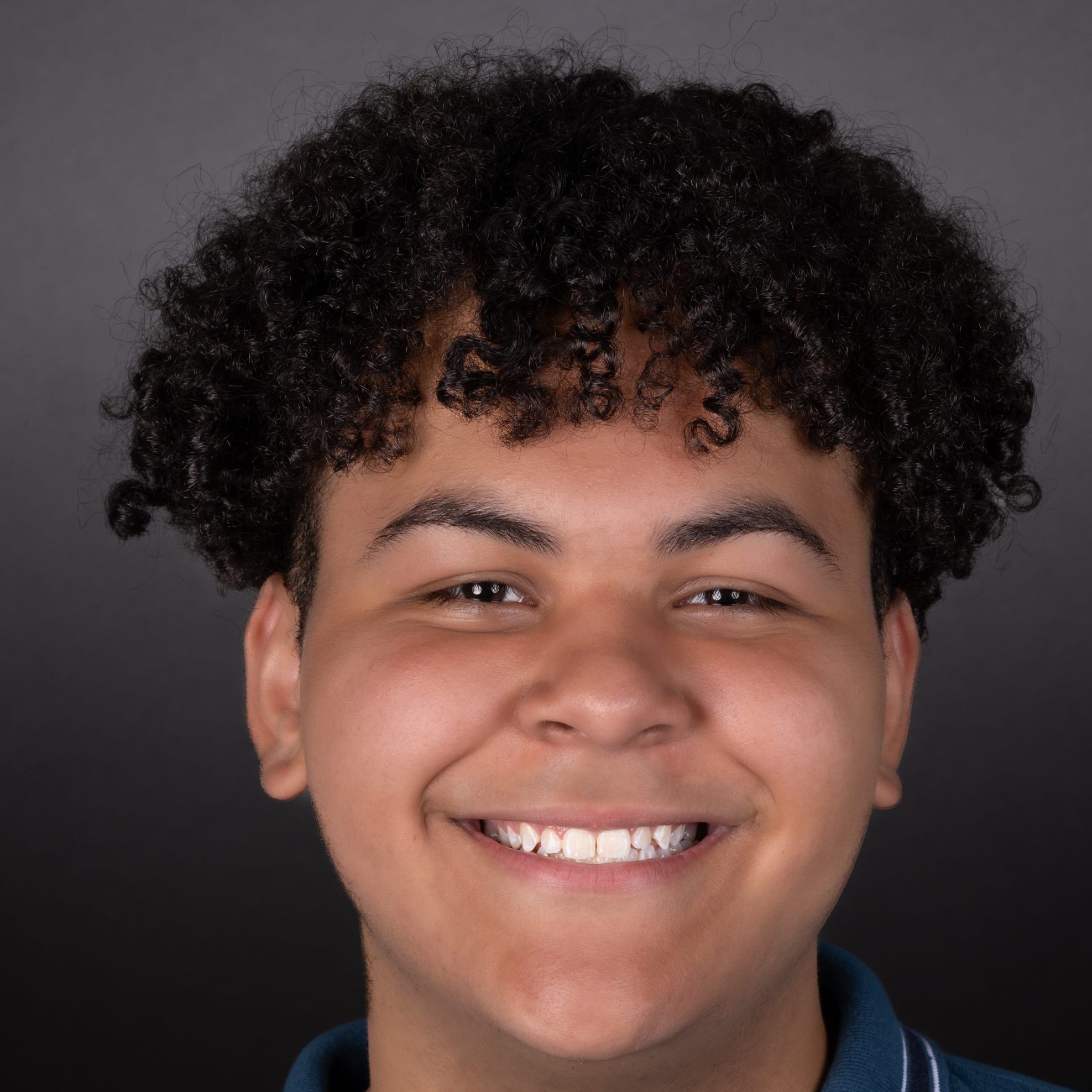
Kai Gaeta
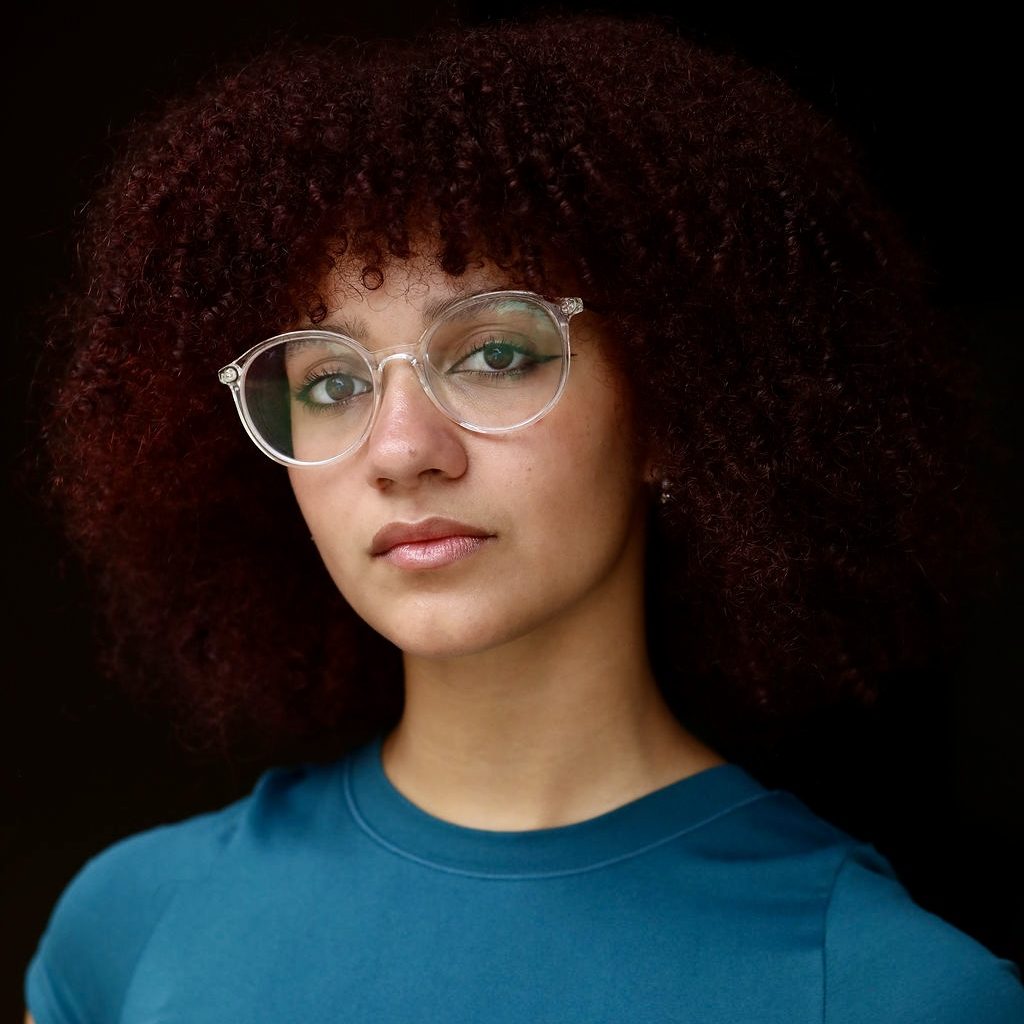
Lainey Gaston
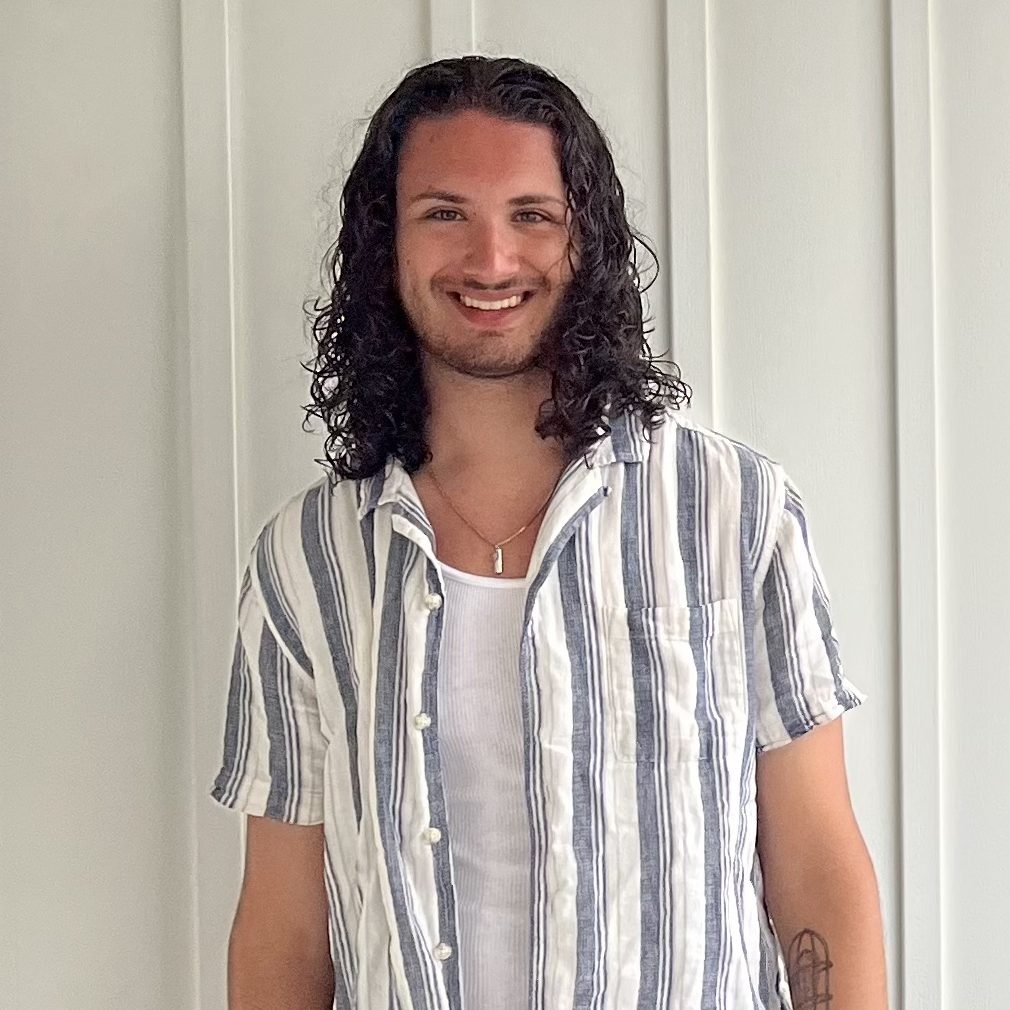
Eli Goldberg
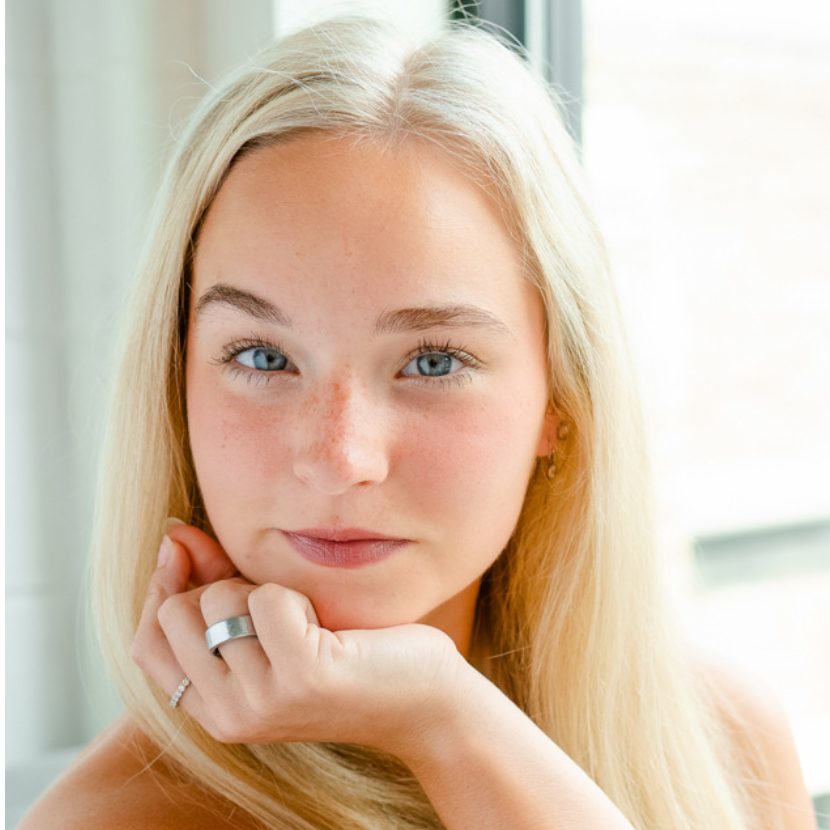
Sage Grimpe
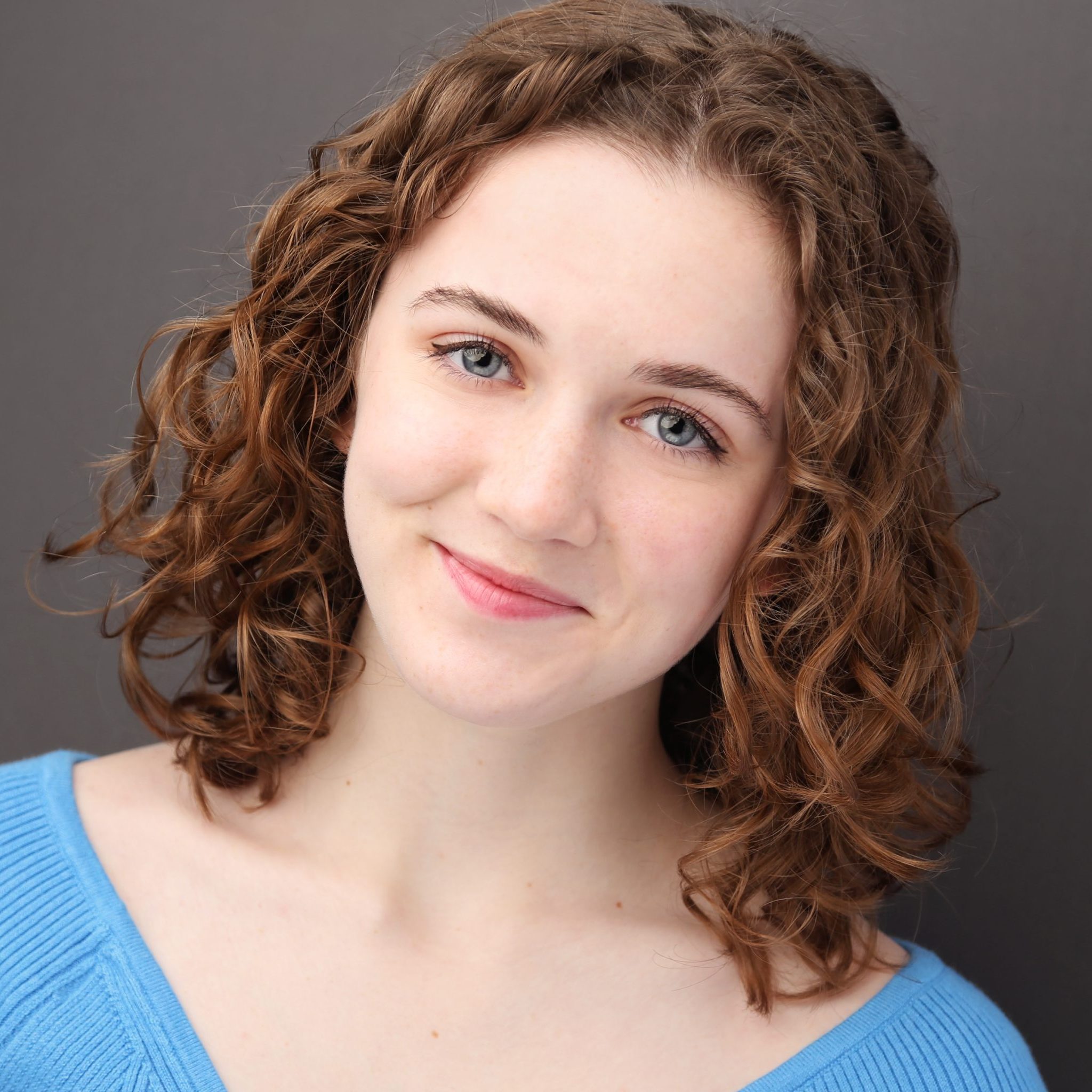
Jackie Harris
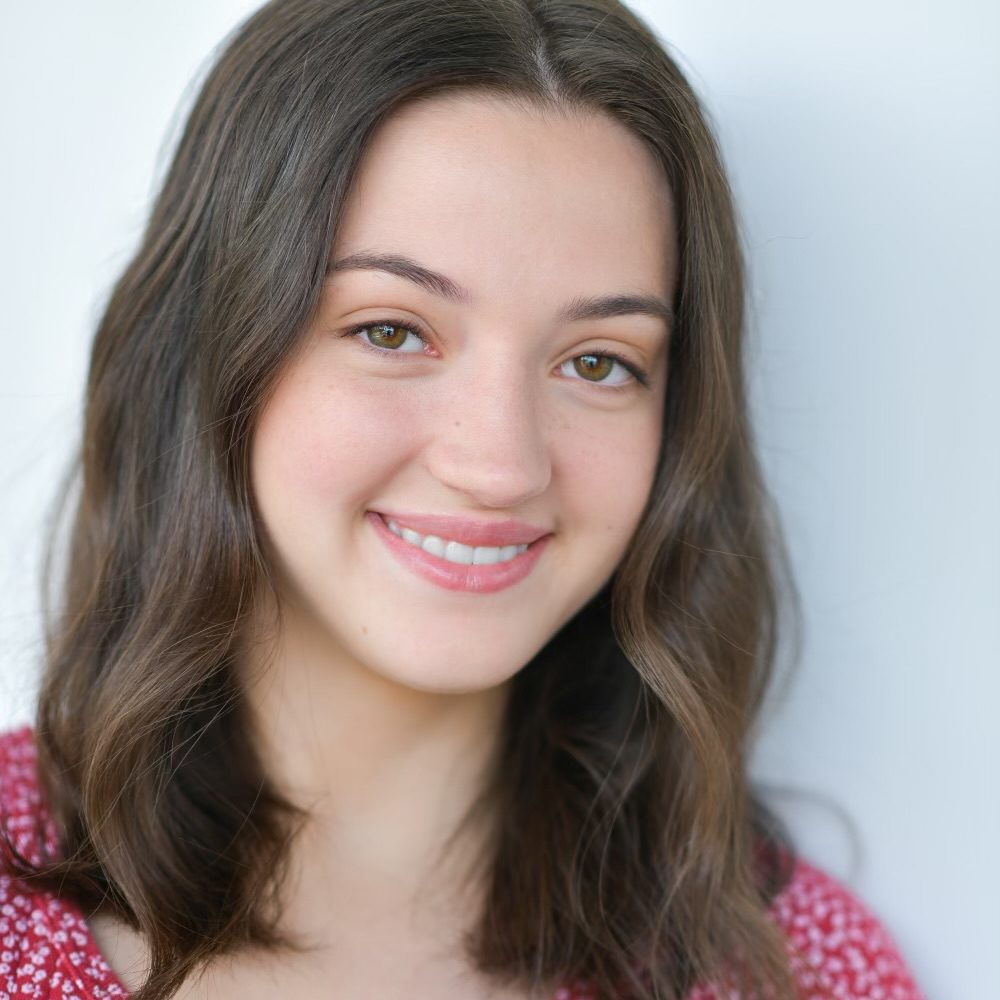
Maddie Hewgley

Malia Horst

Anya Jones

Allie Joseph

Nate Krohmer
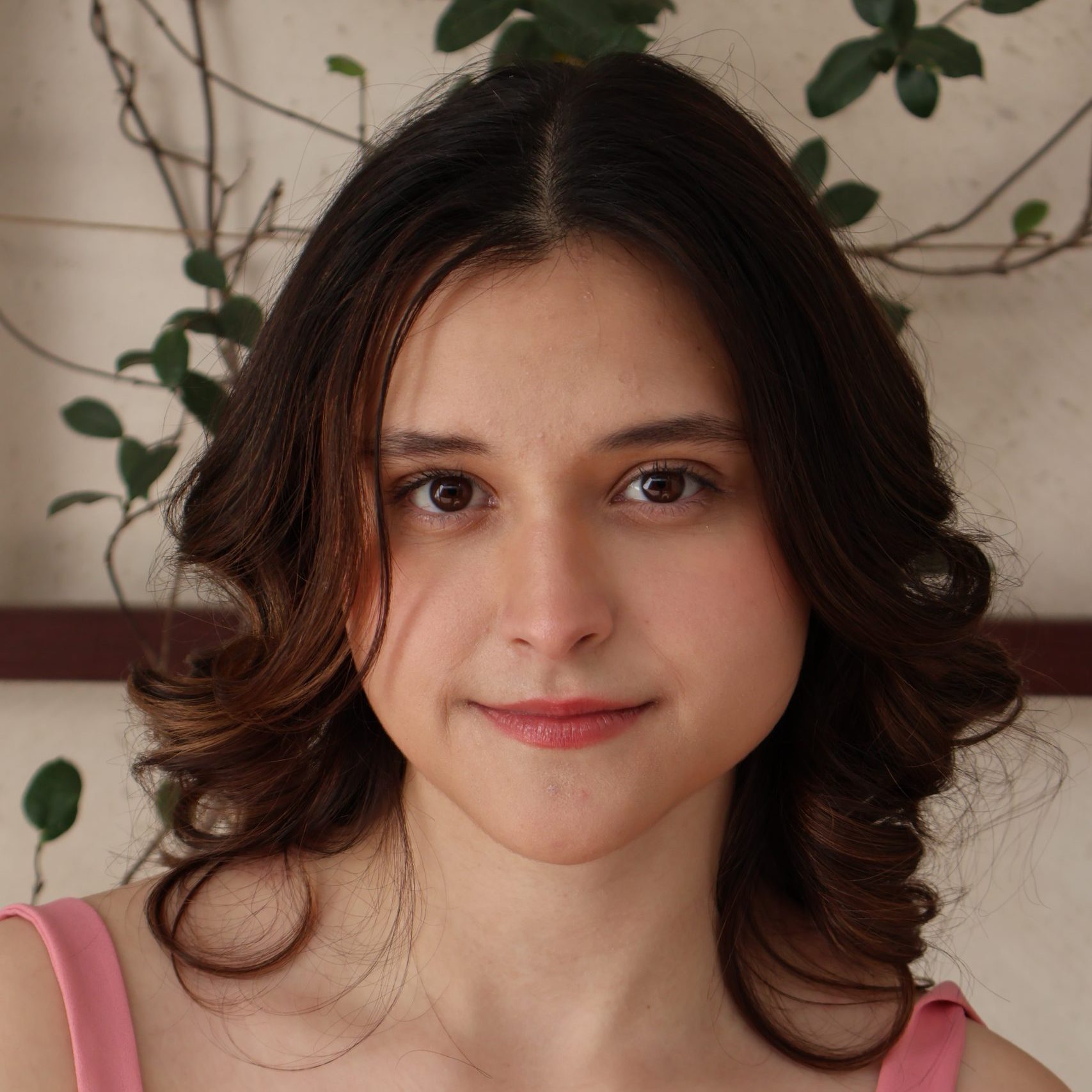
Ana Sofía Hernández López

JT Loveless
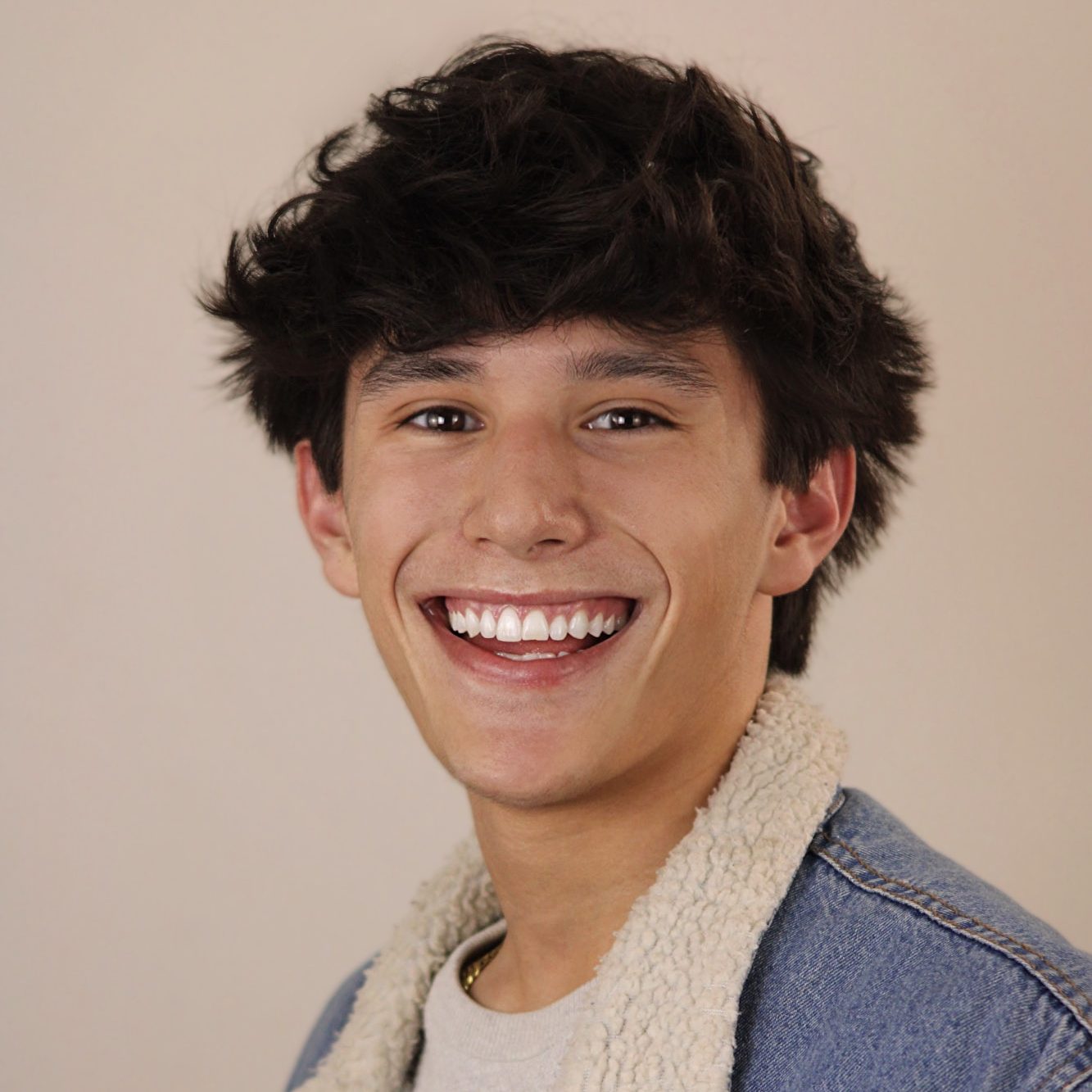
Noah Macam
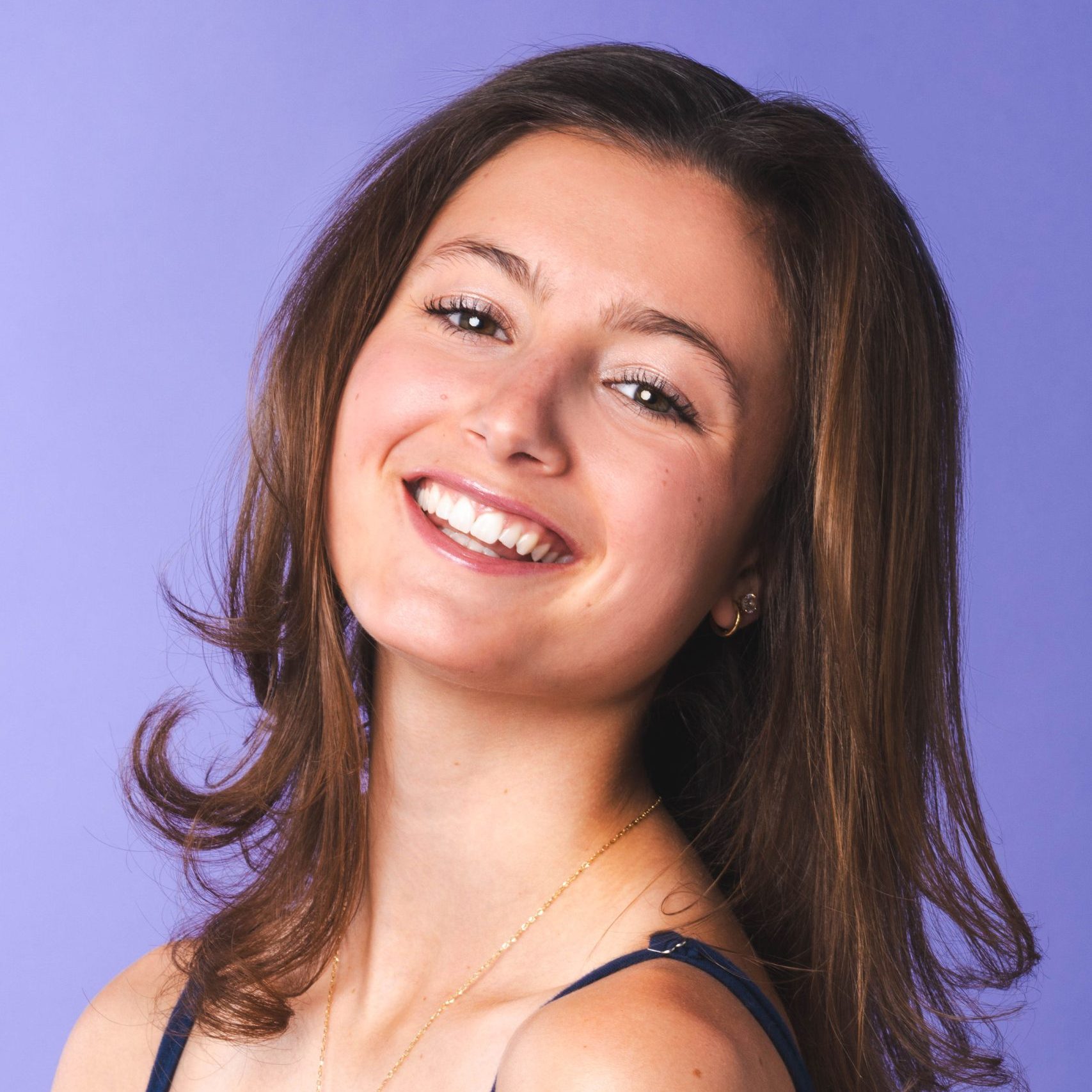
Angelina Mancuso
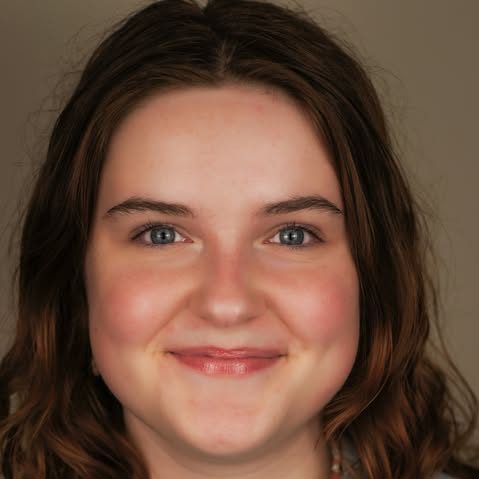
Lauren Catherine McHenry

Maddie Milner
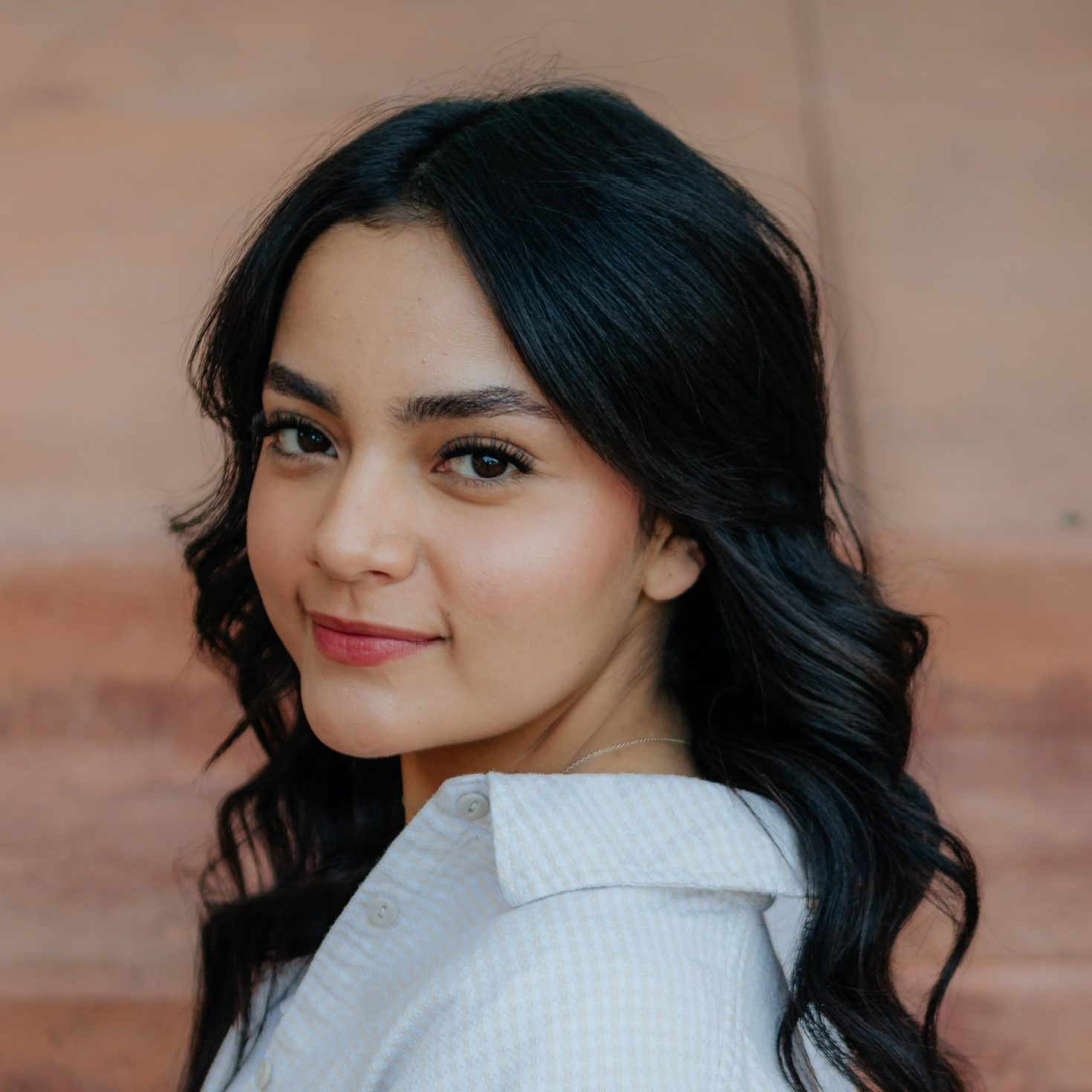
Leilani Miranda
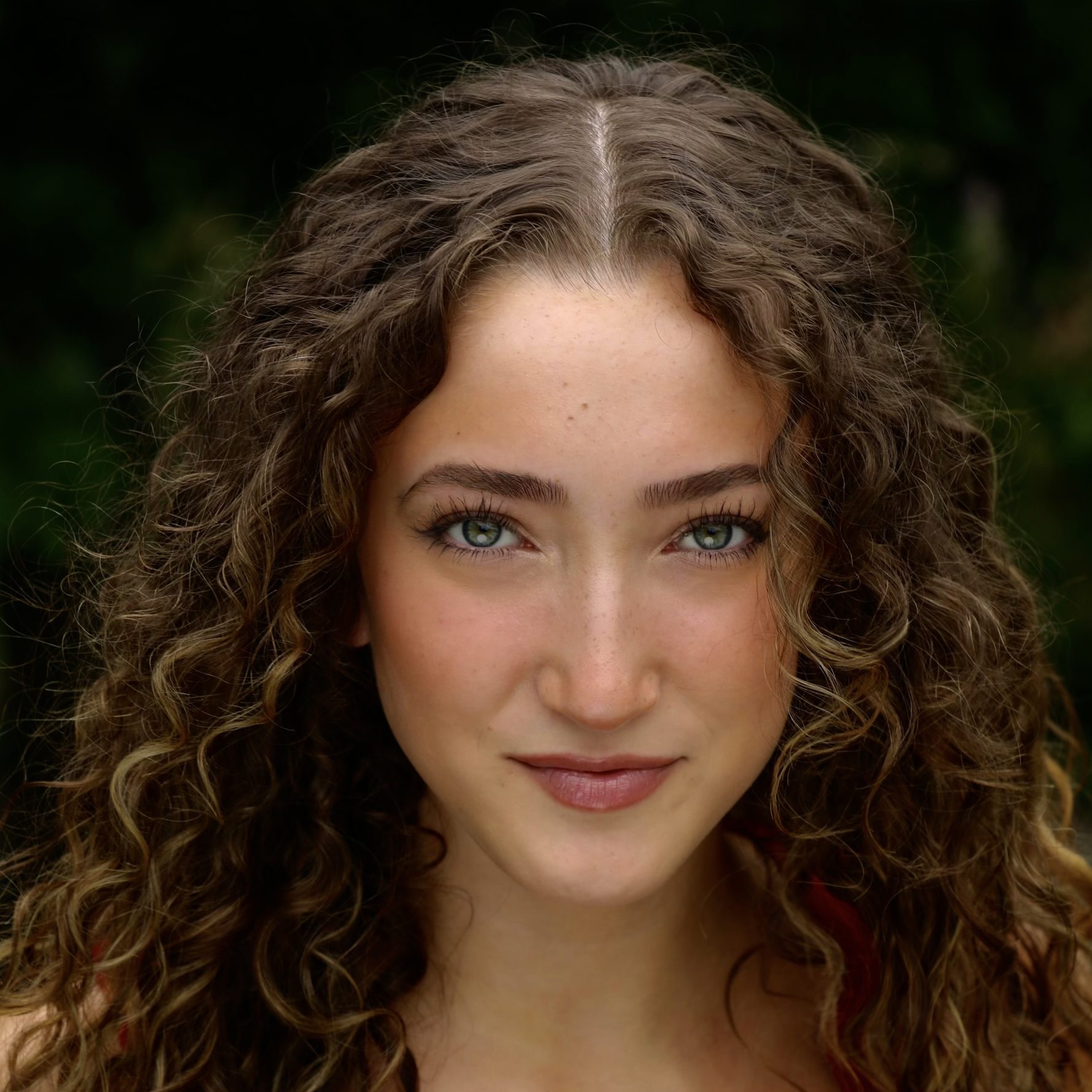
Helena Padial
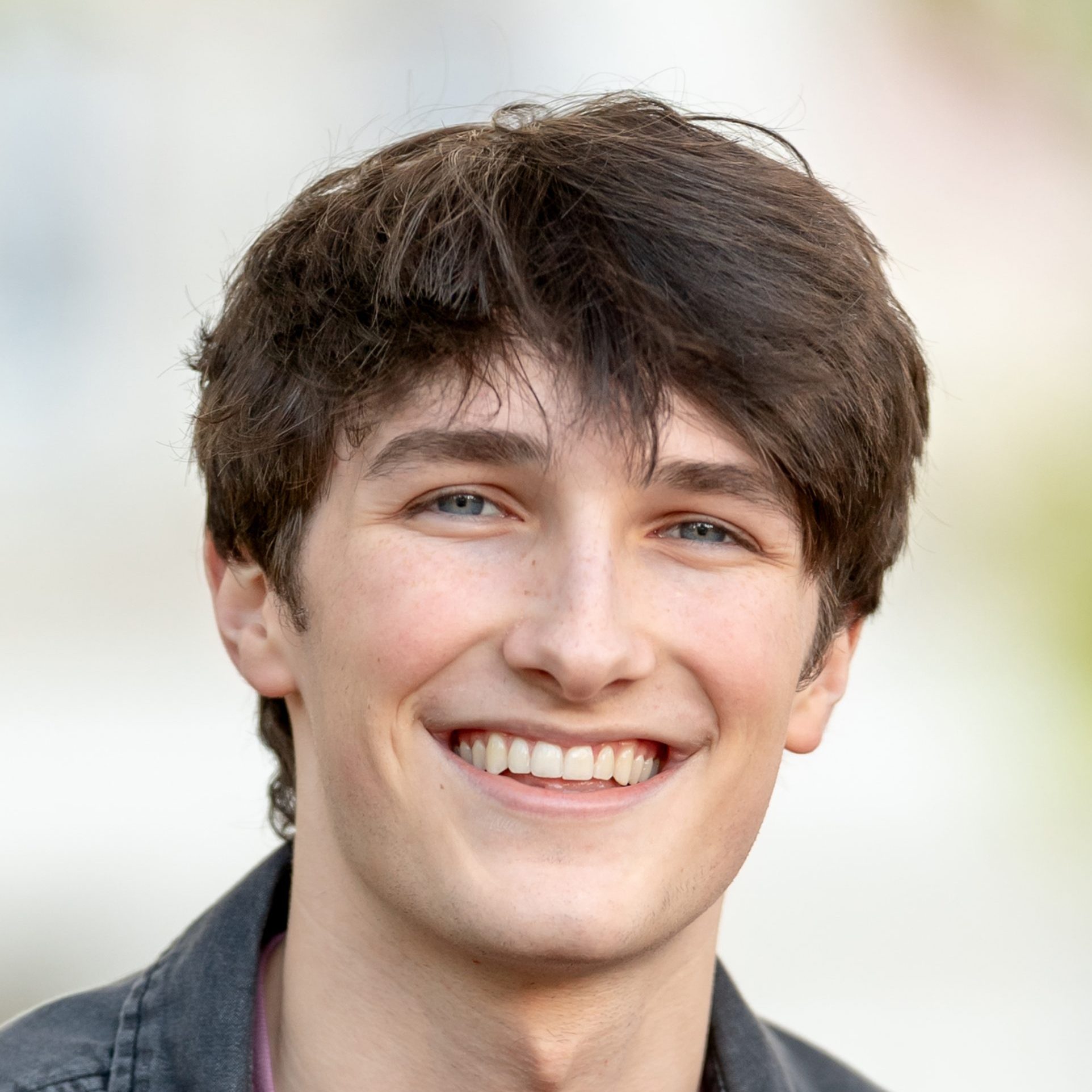
Alex Prejean
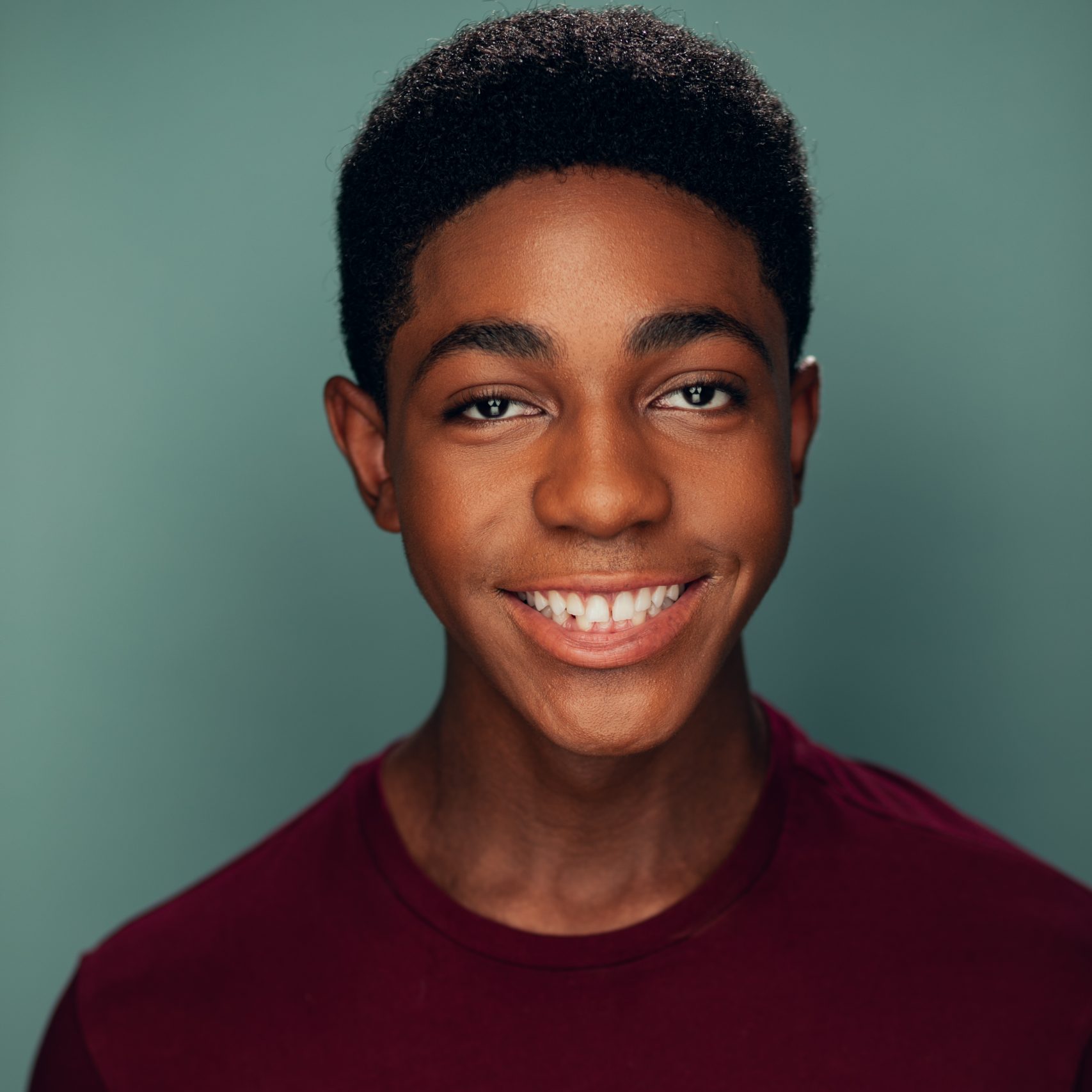
JonAshton Reid

Aden Richman

Addison Ryan
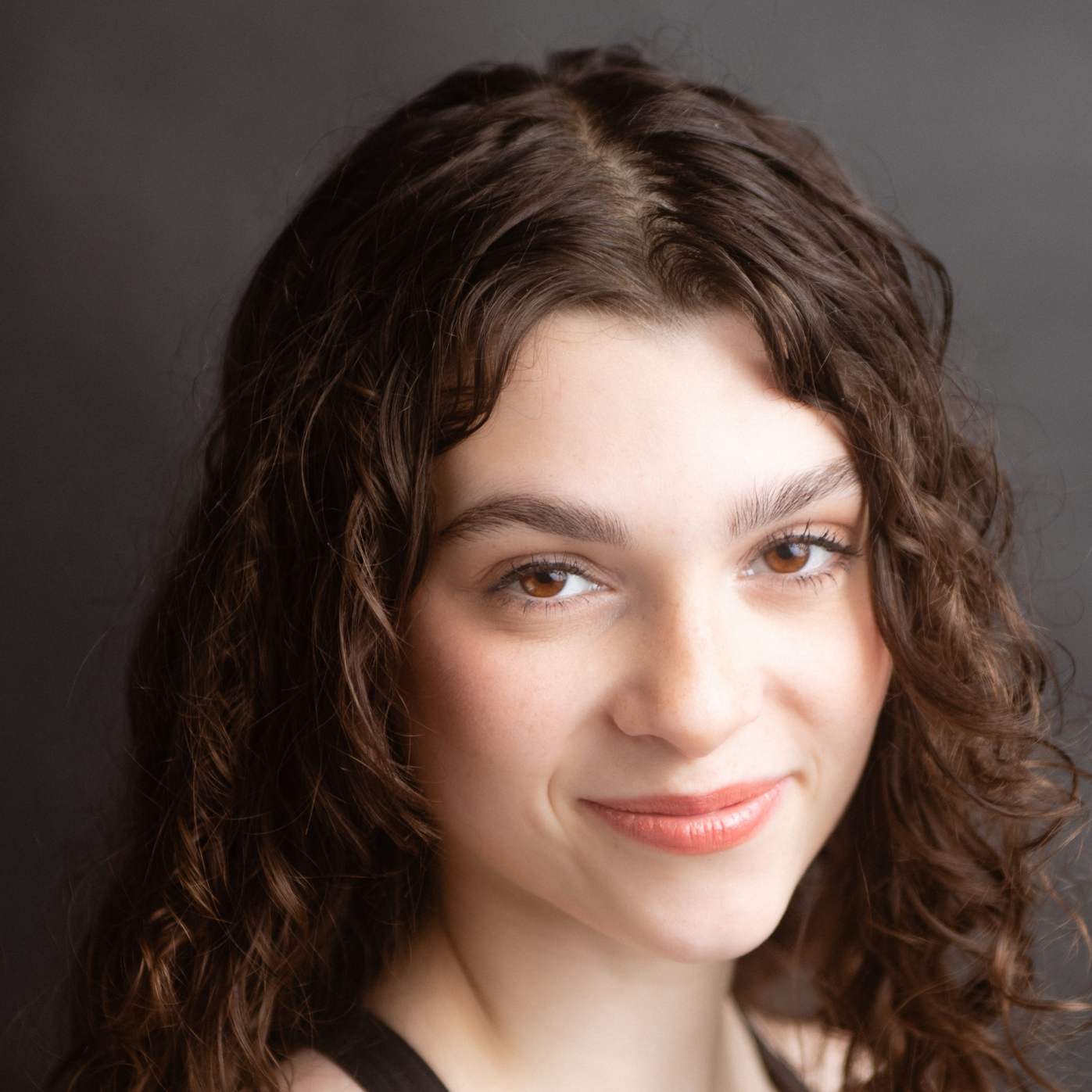
Sierra Safran
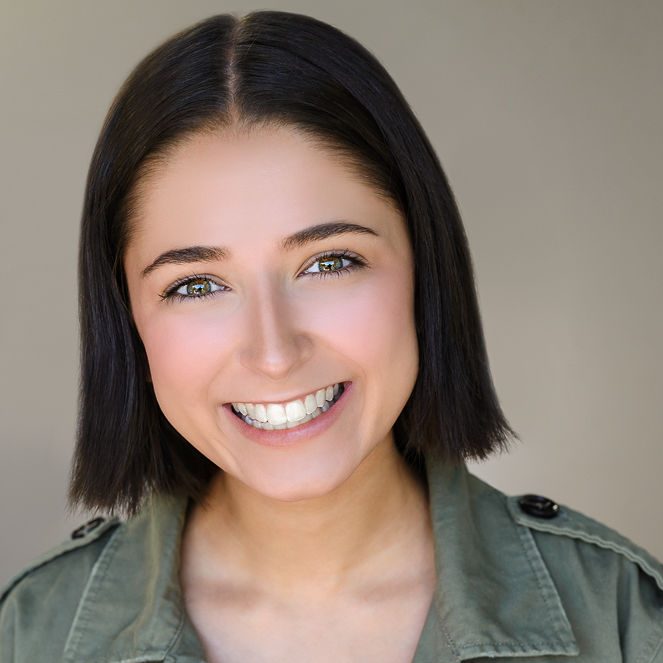
Victoria Salisbury

Grace Santo

Gabriella Scarpace
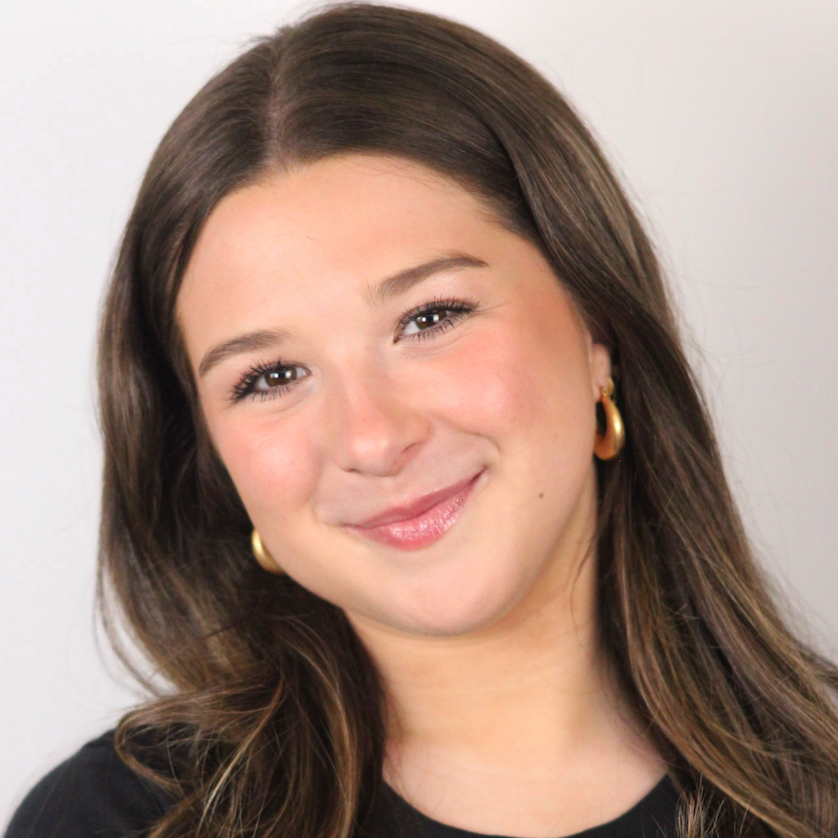
Sophie Seitchik
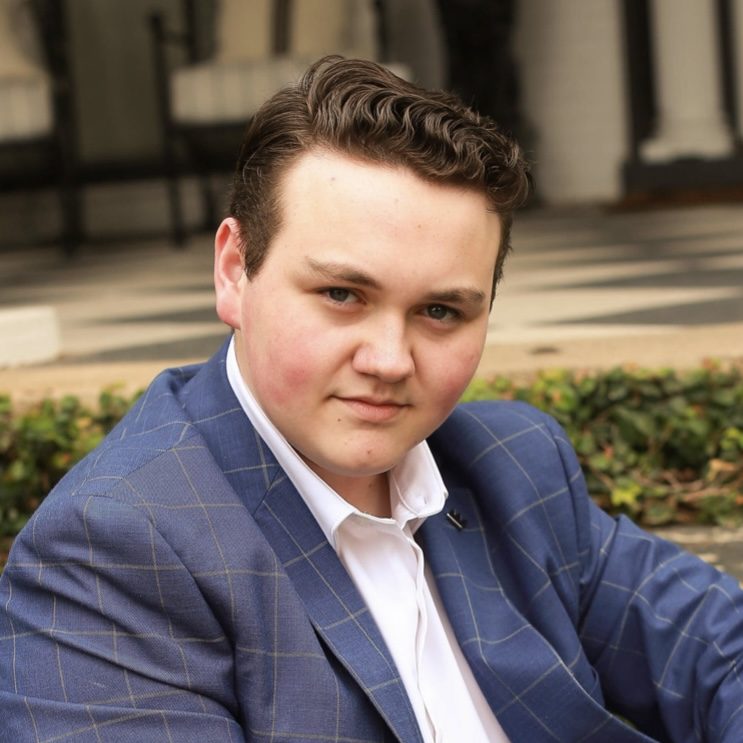
Jack Shaffer

Elliot Sullivan

Jordyn Sutton
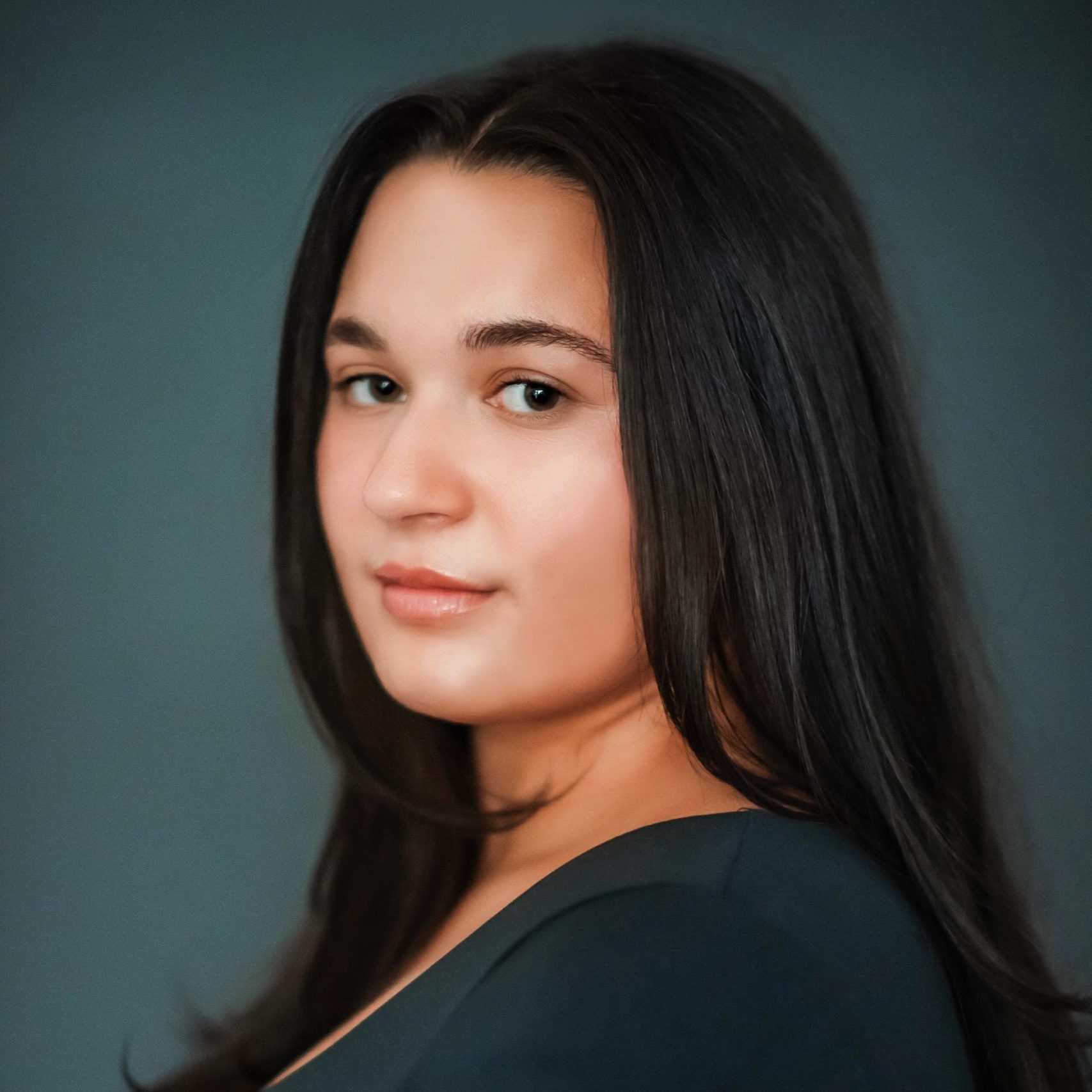
Mackenzie Tammara
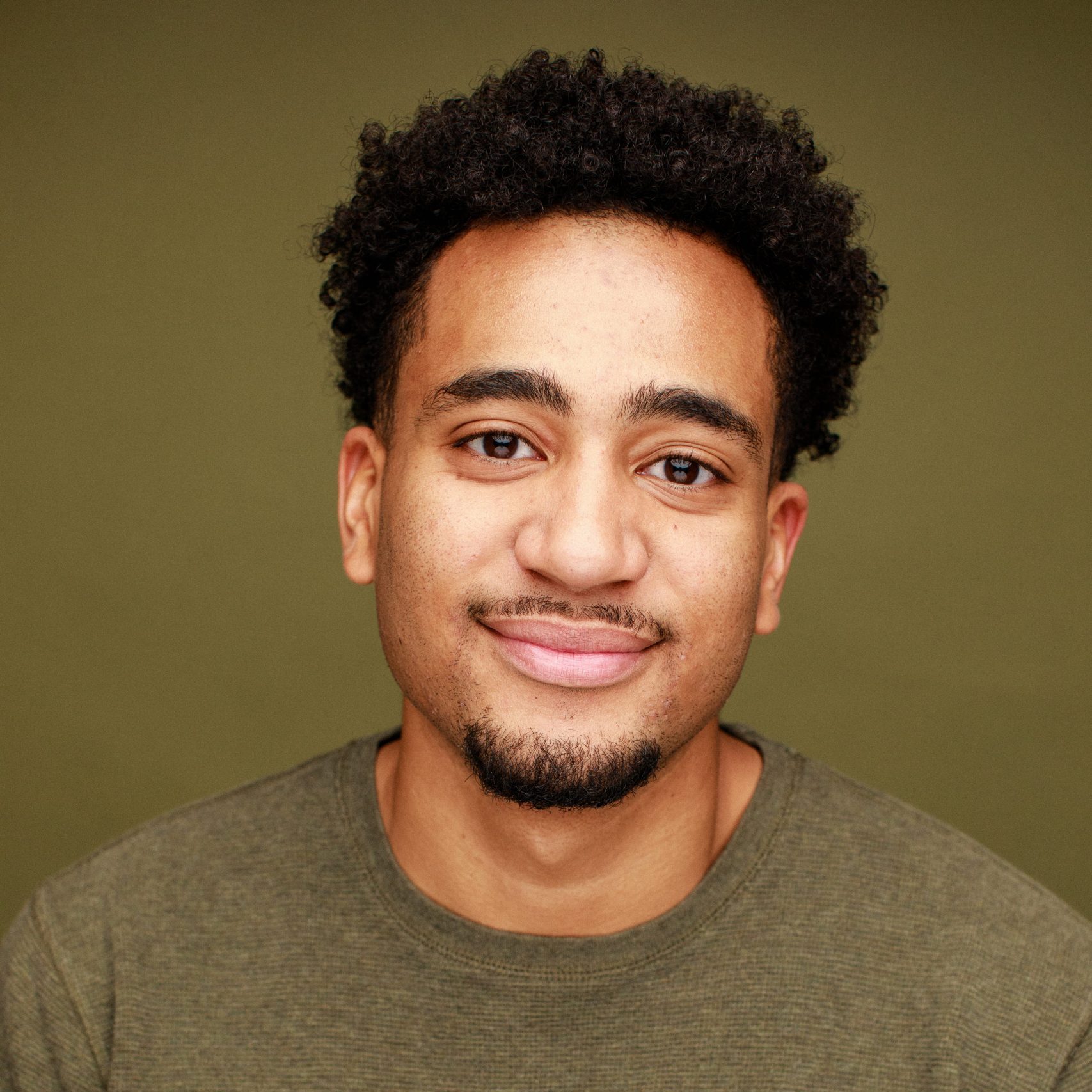
Gabe Tobierre
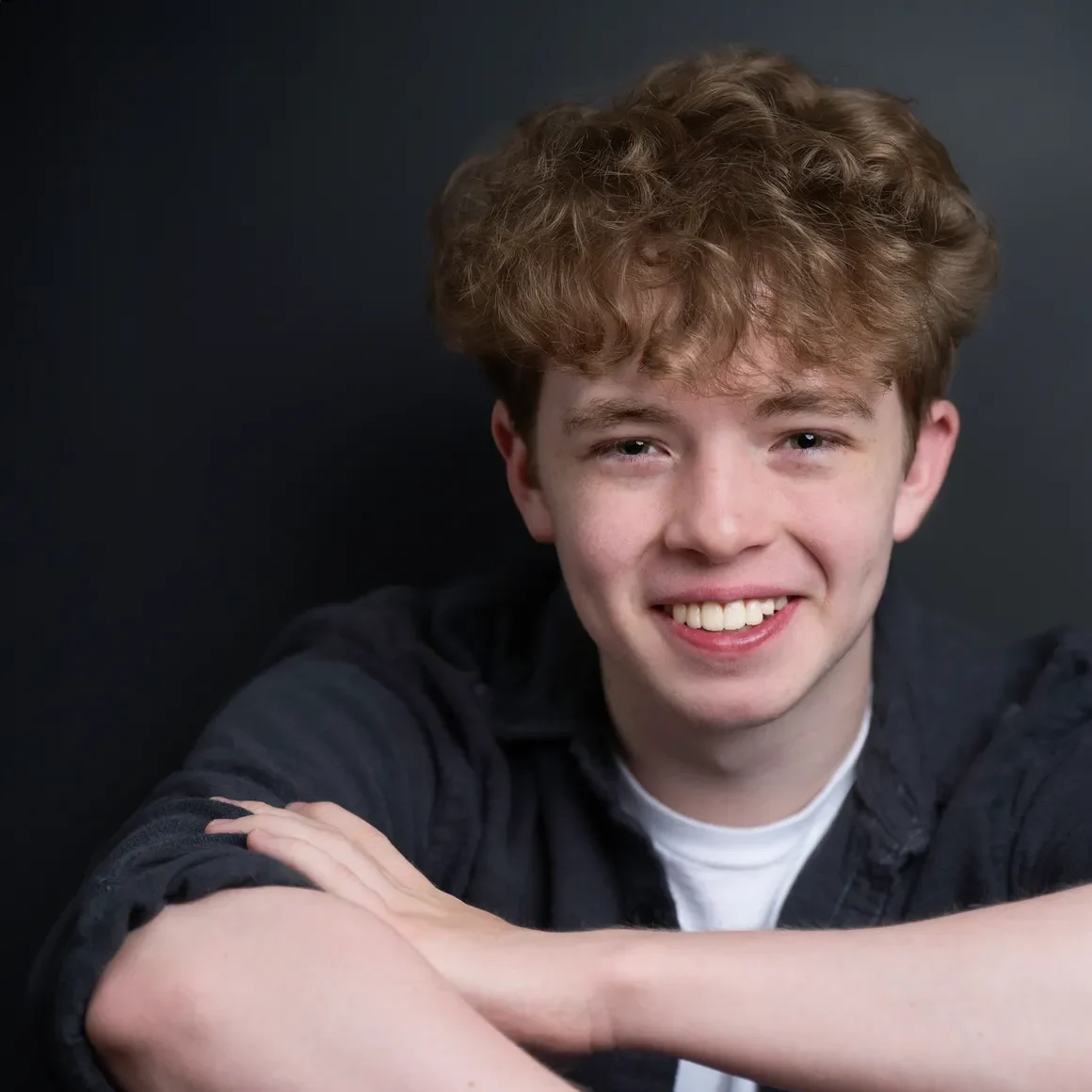
Jonah Uffelman
